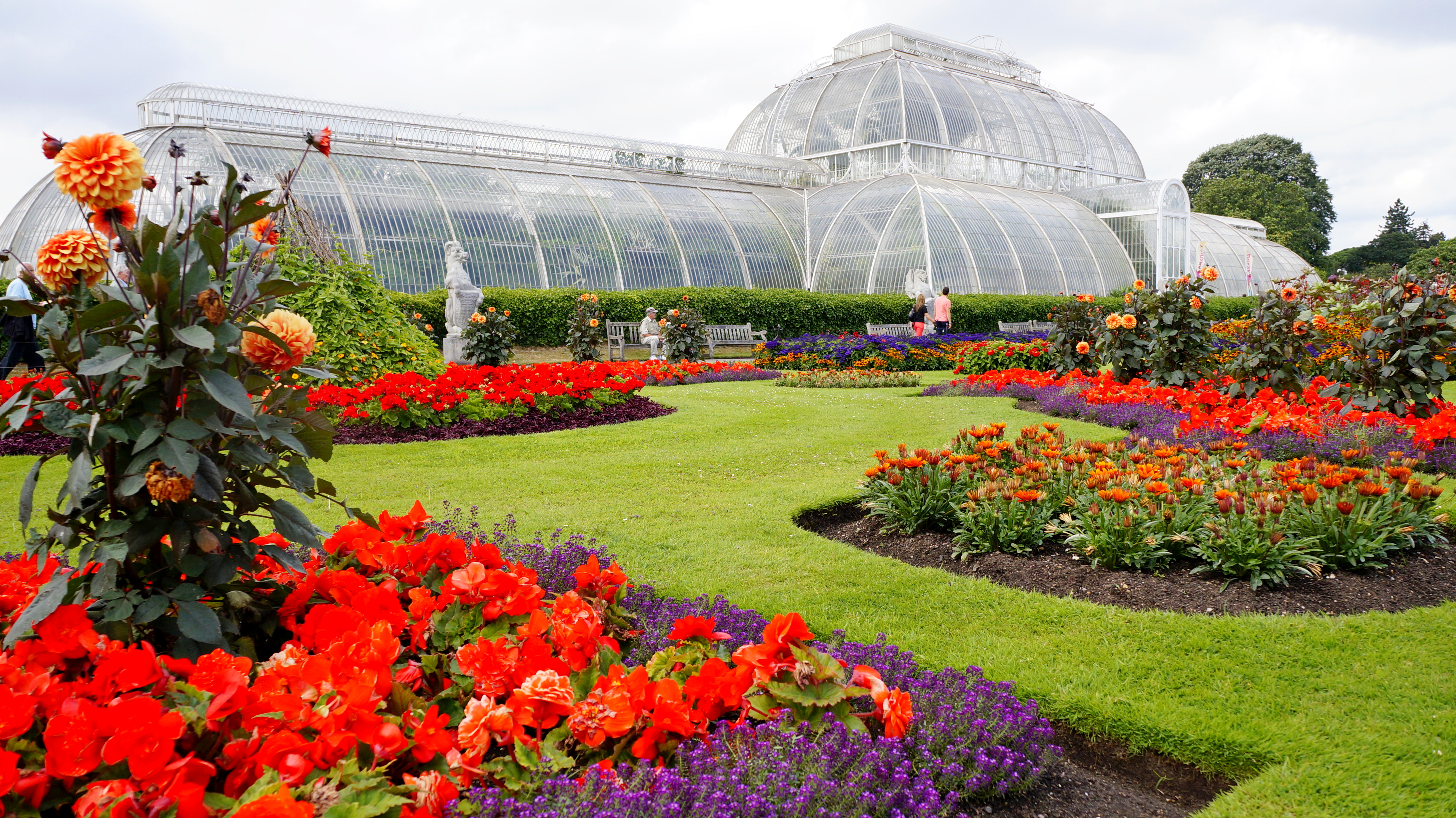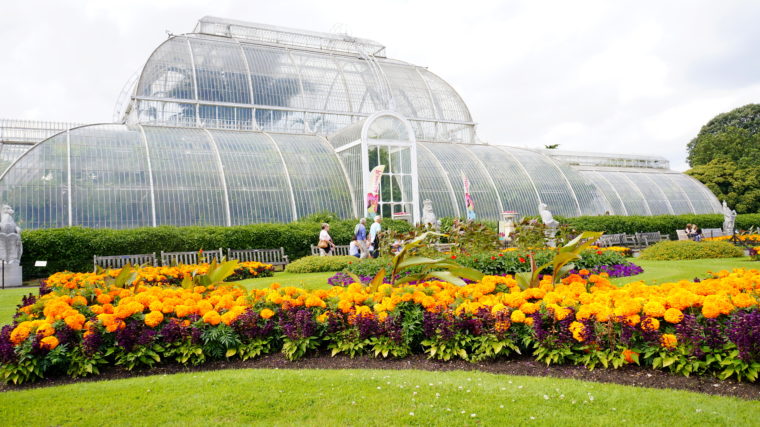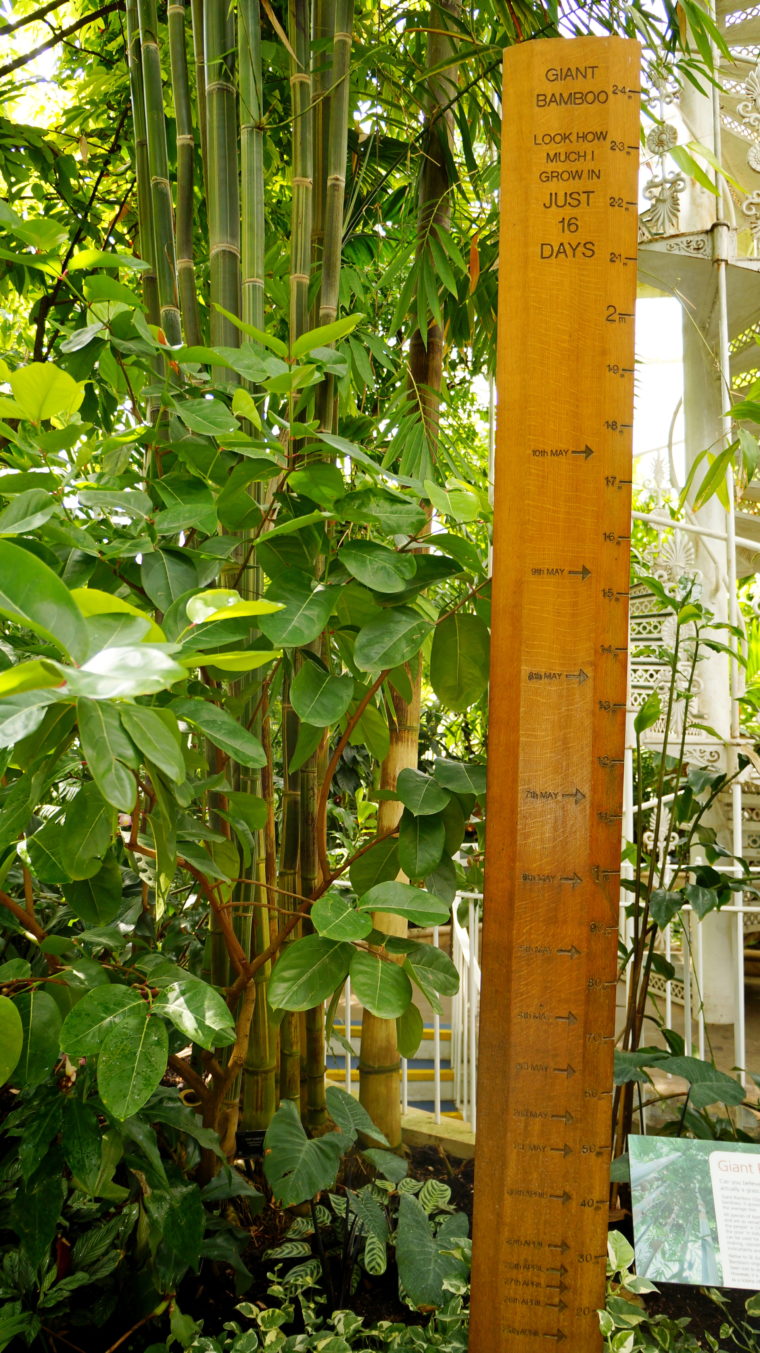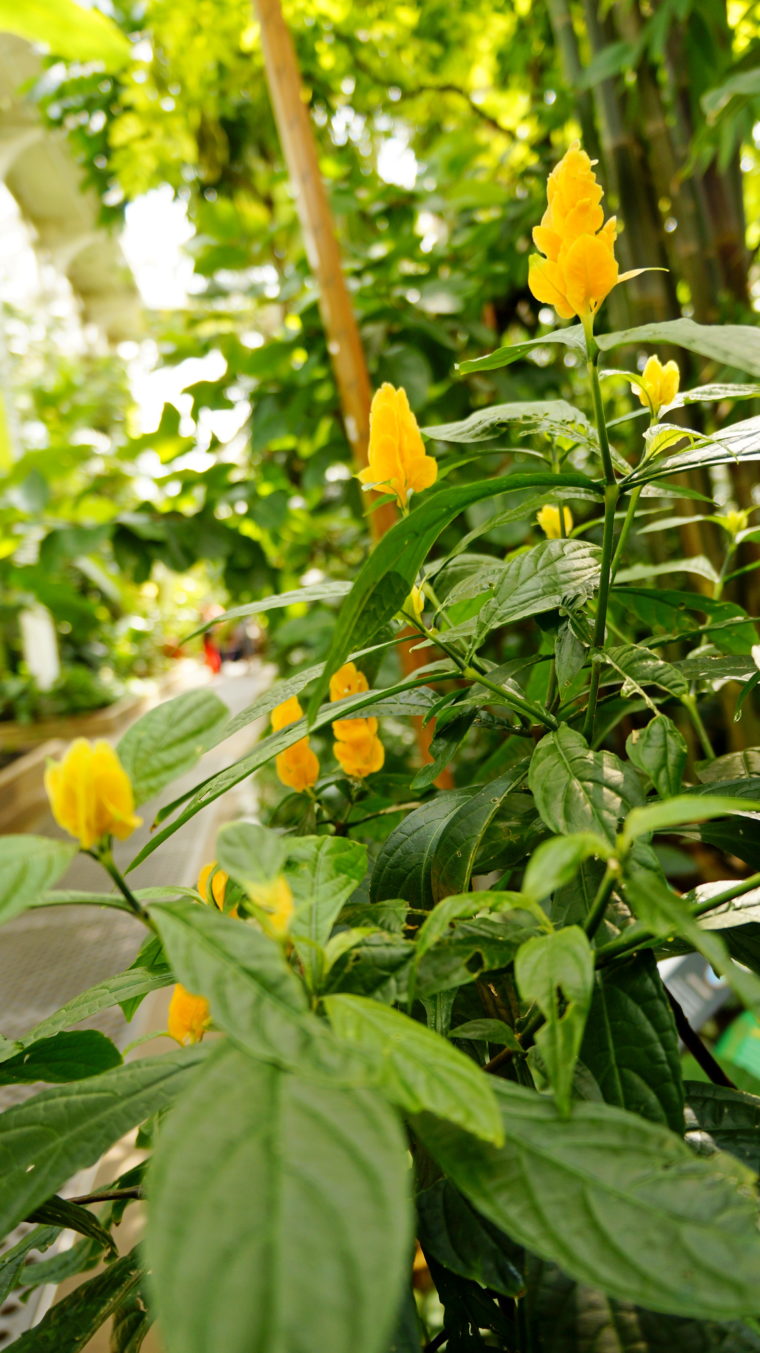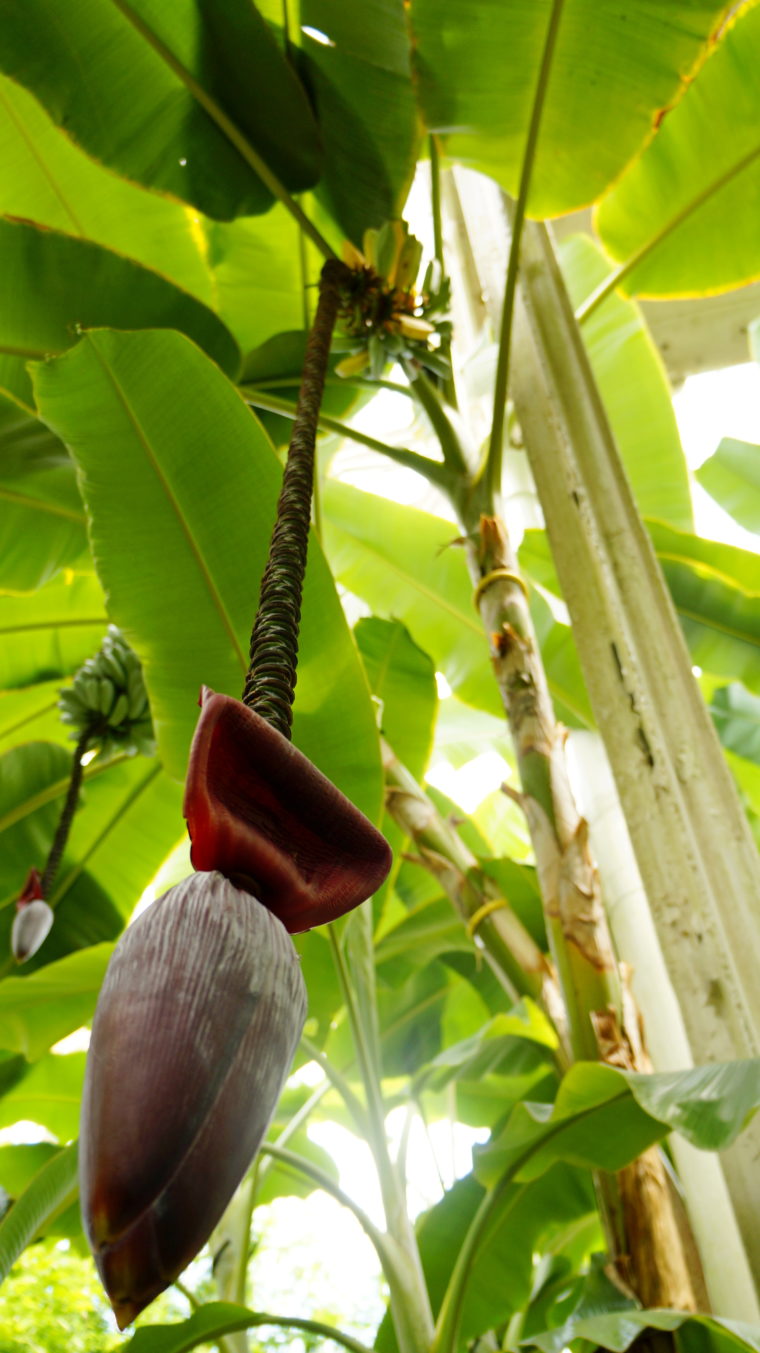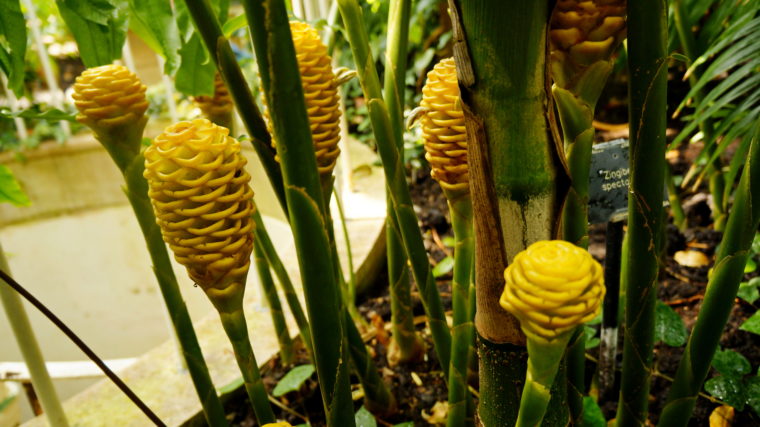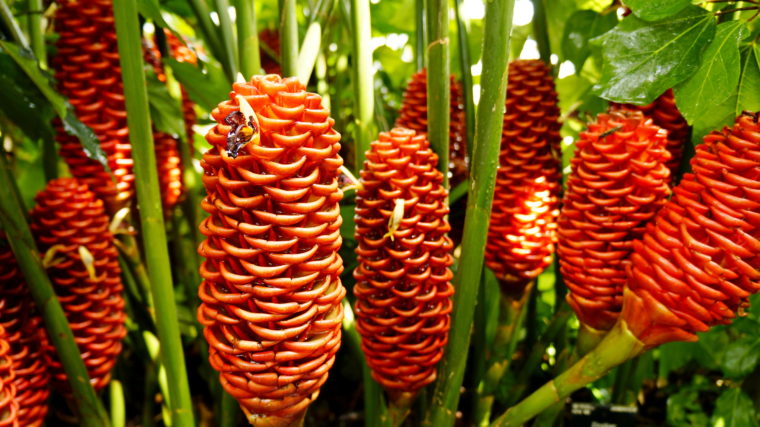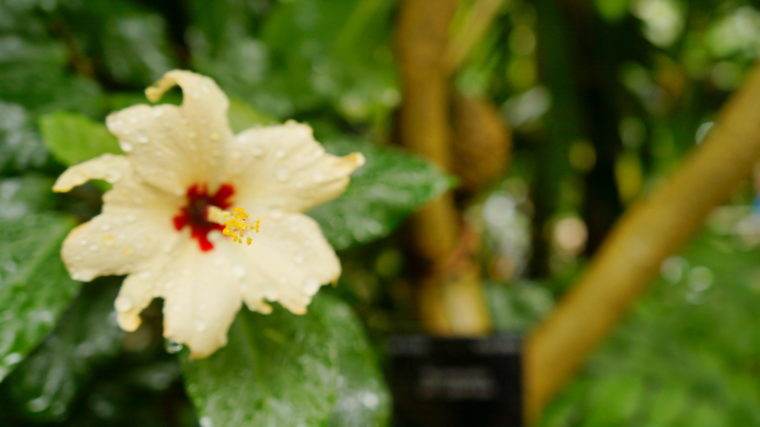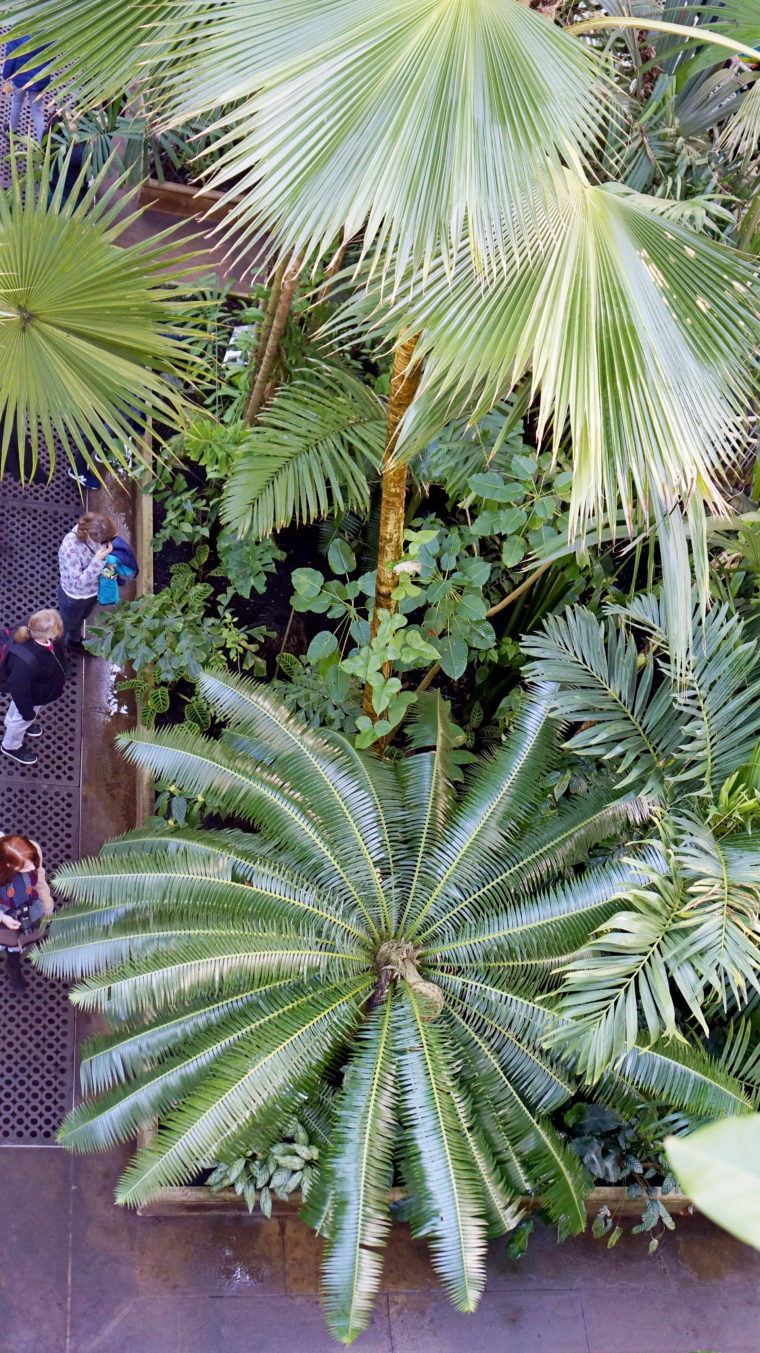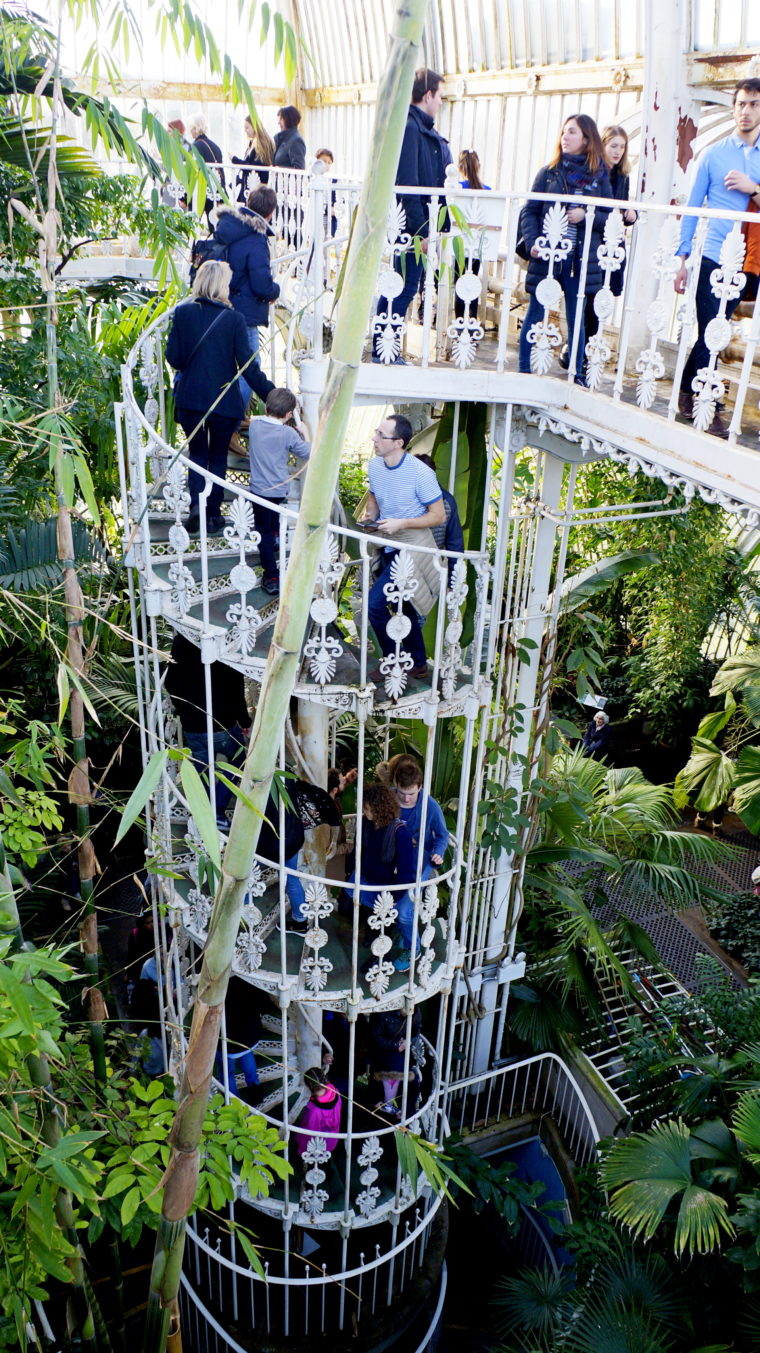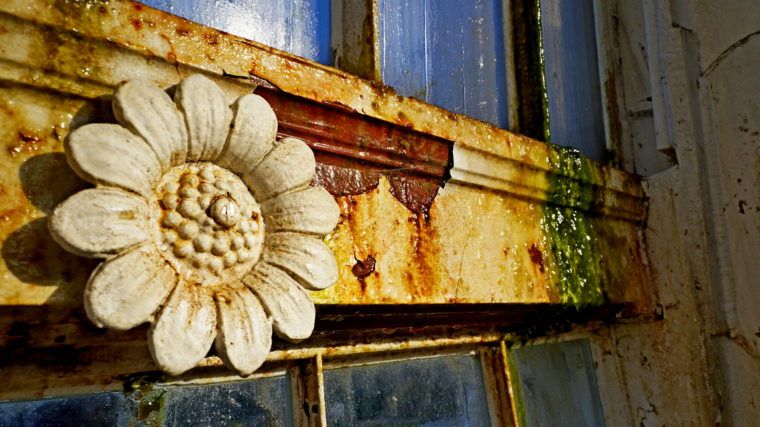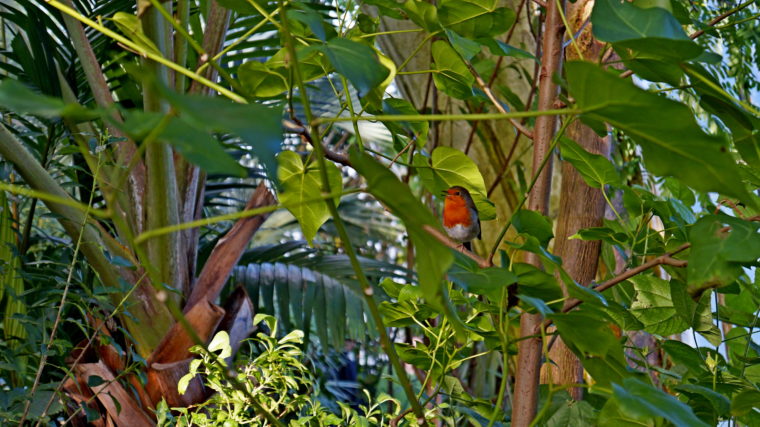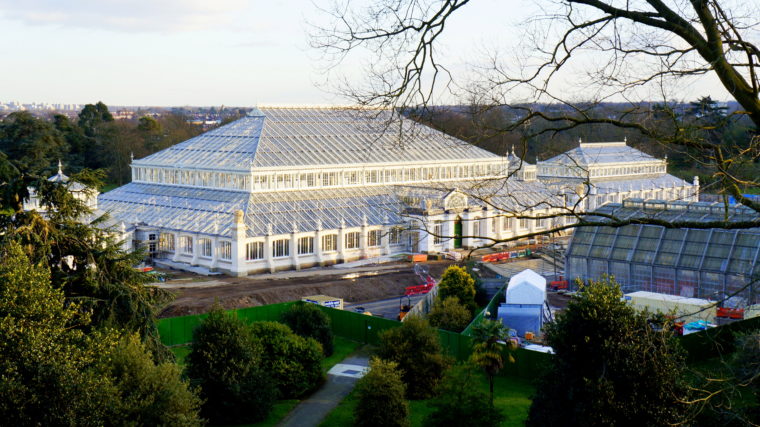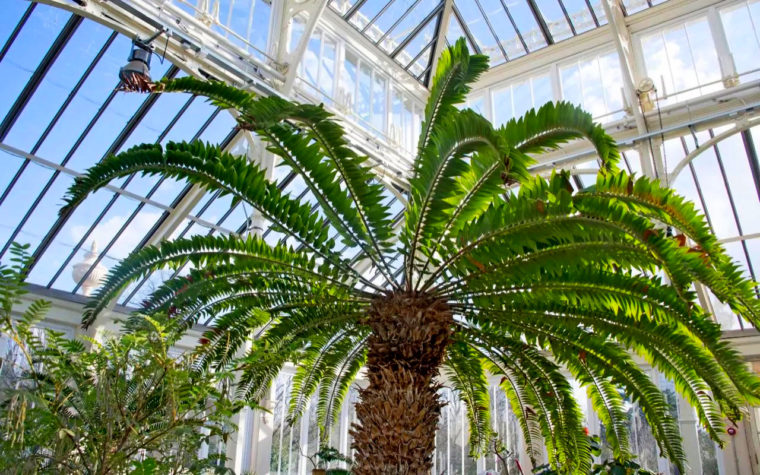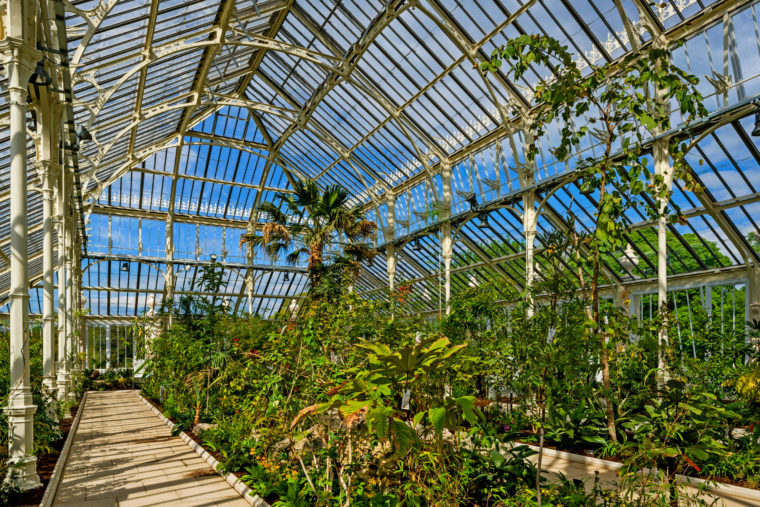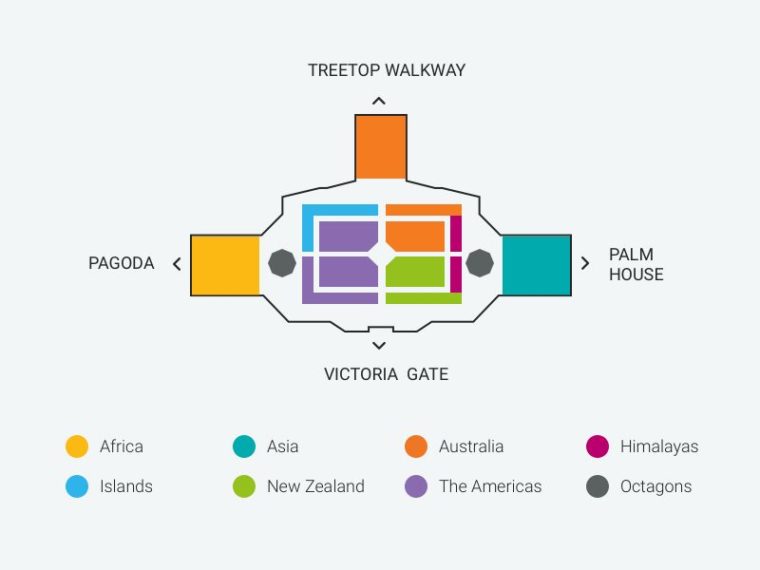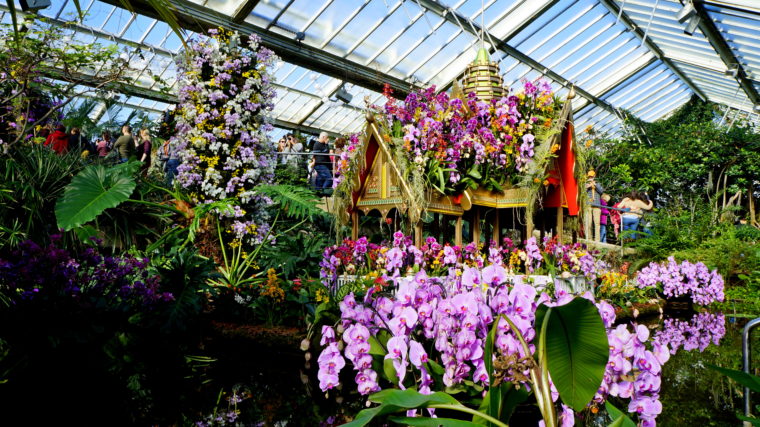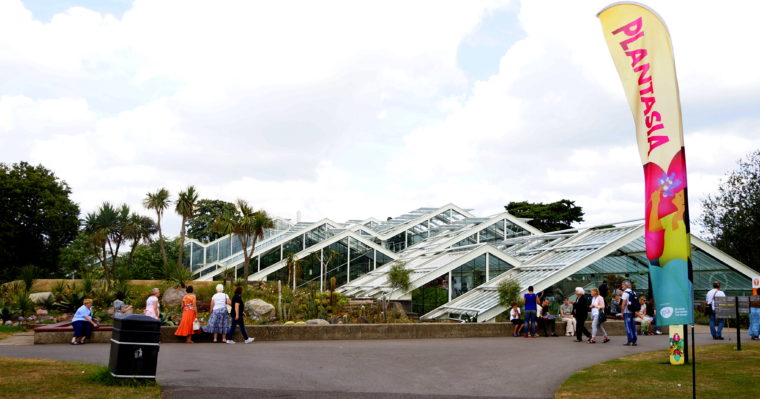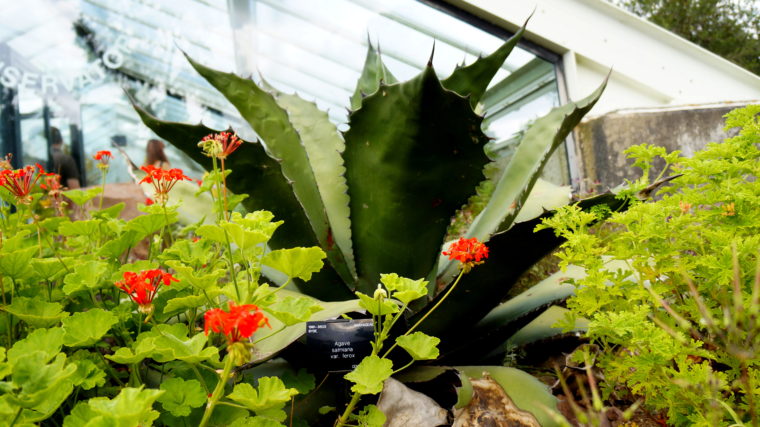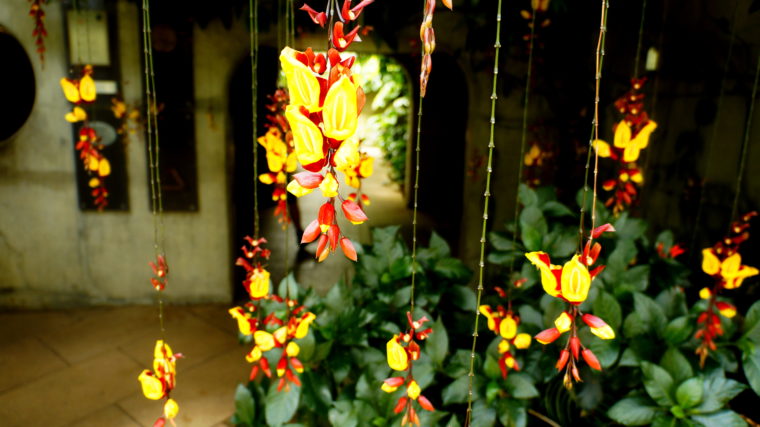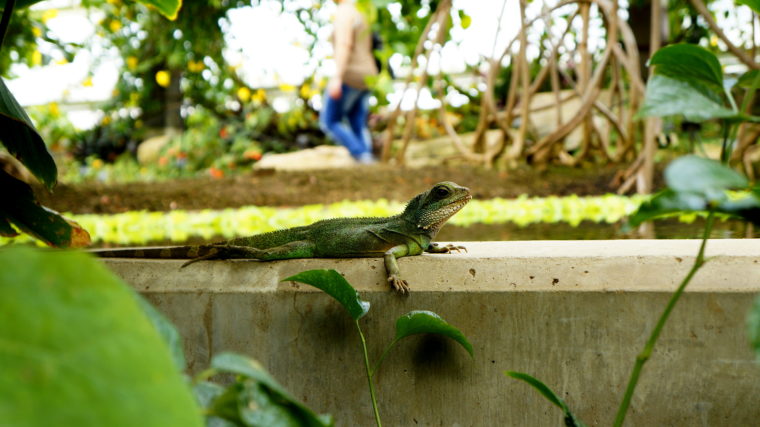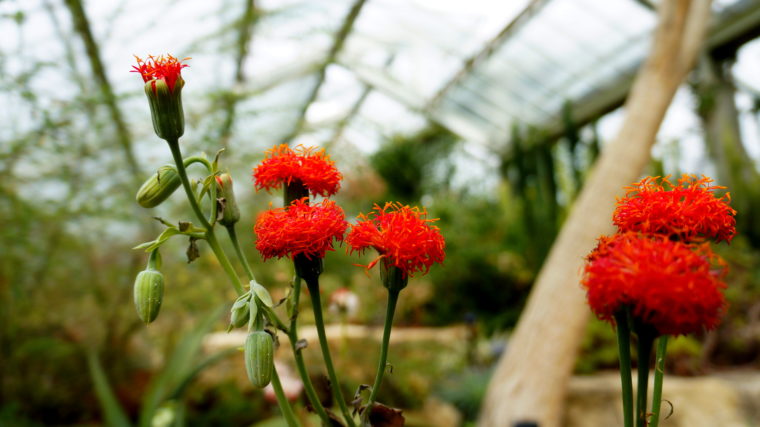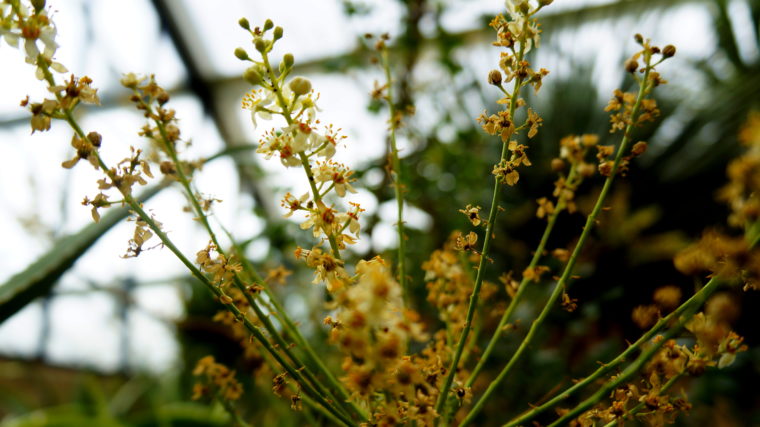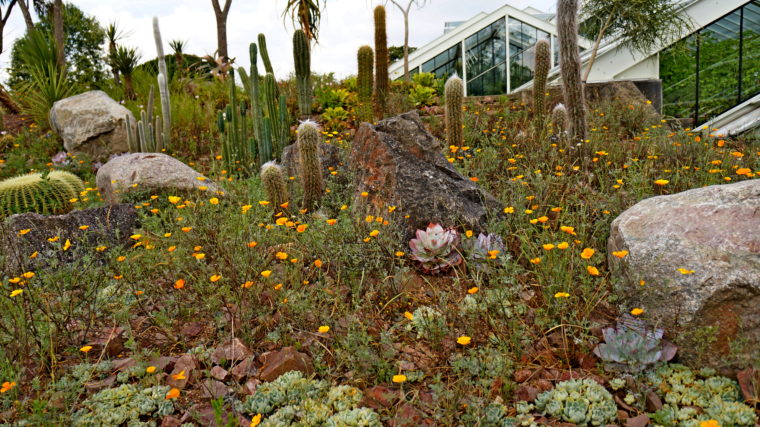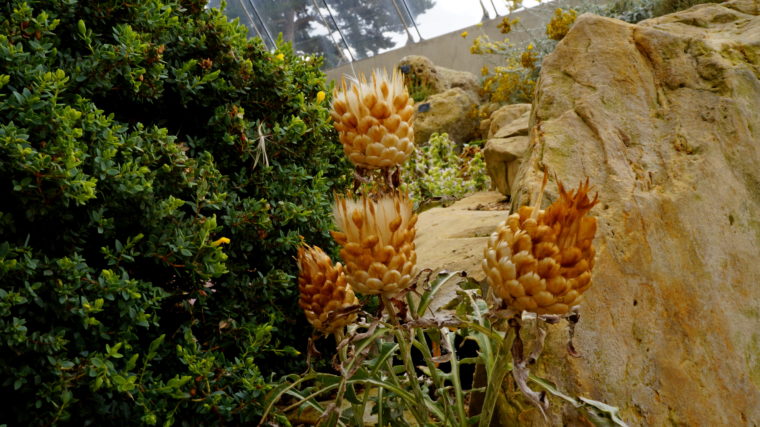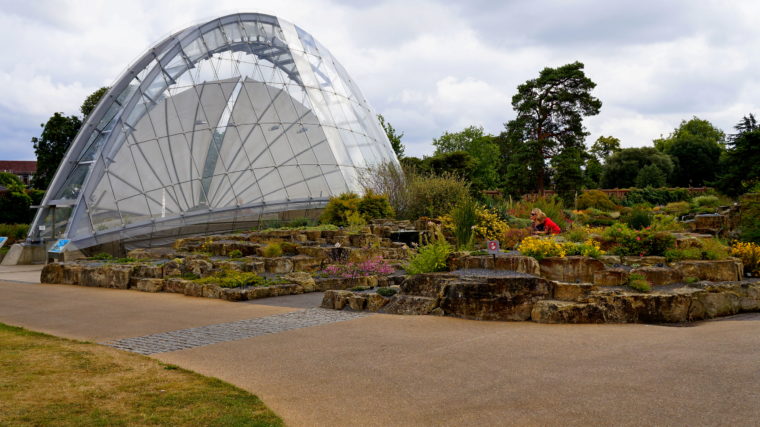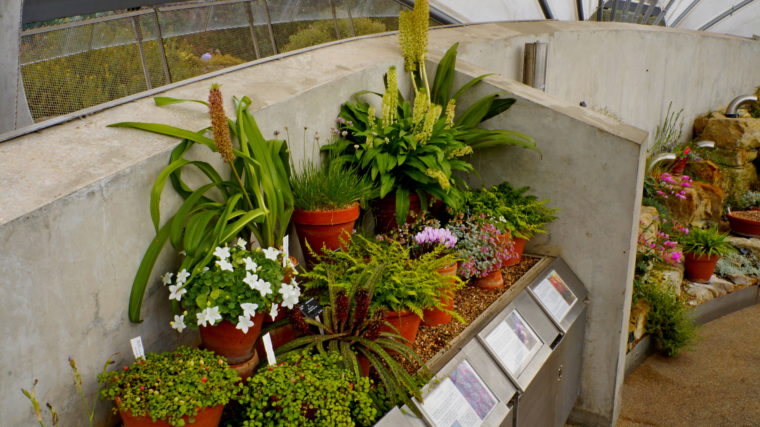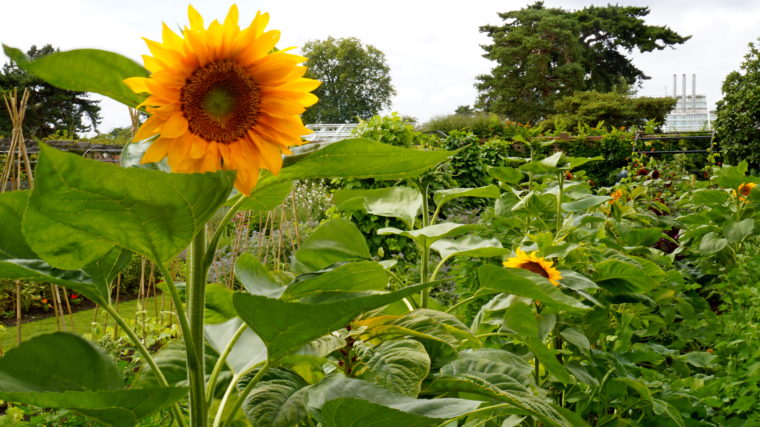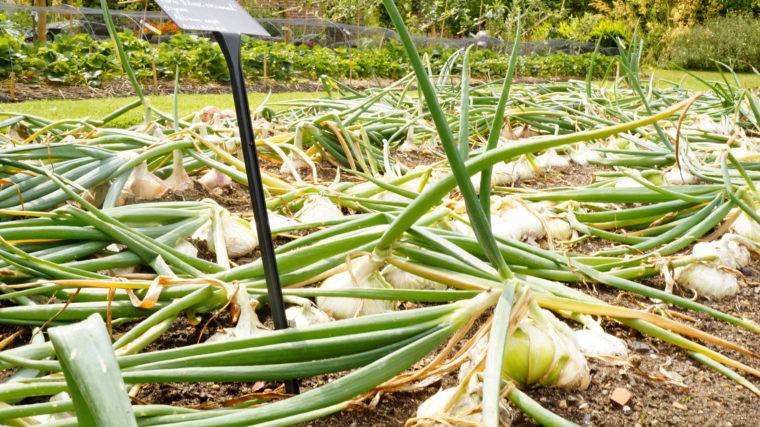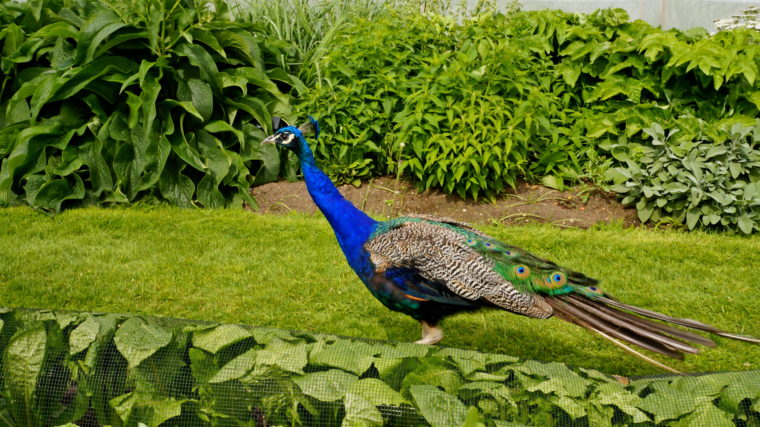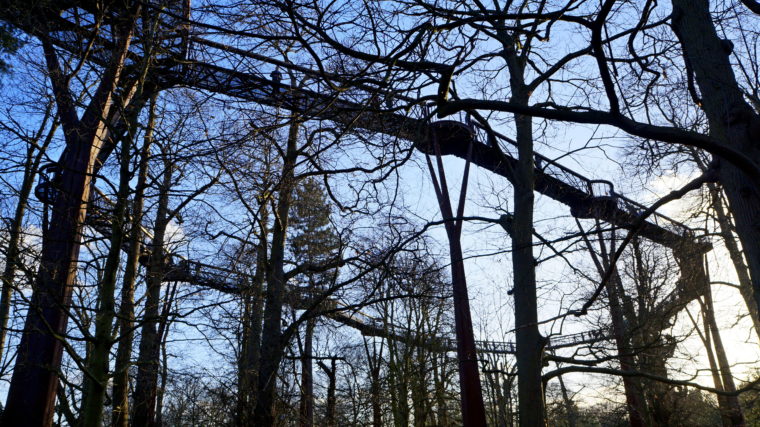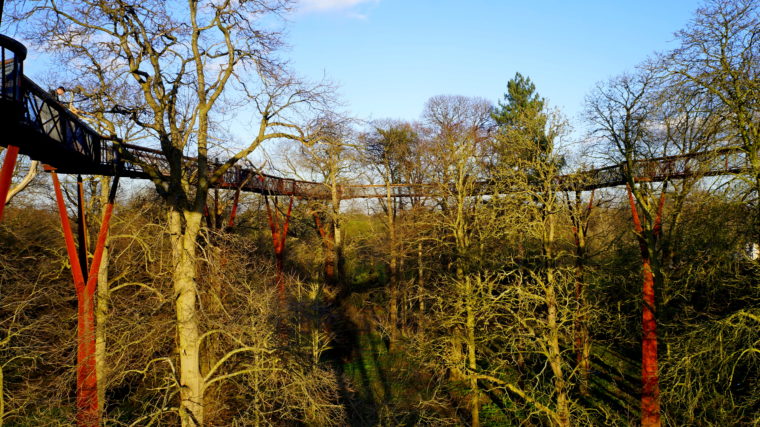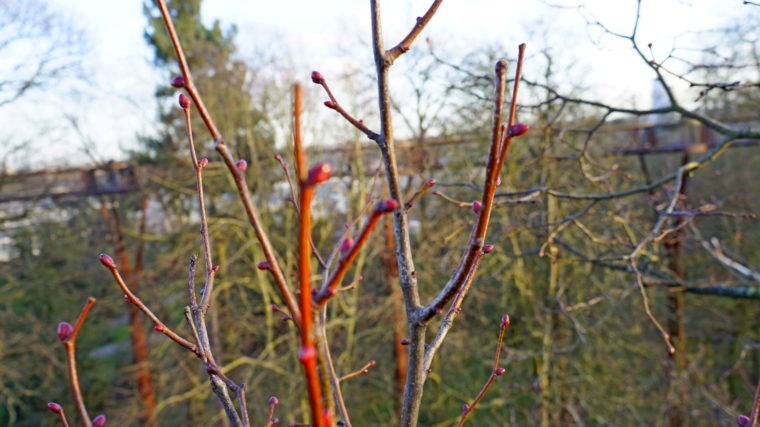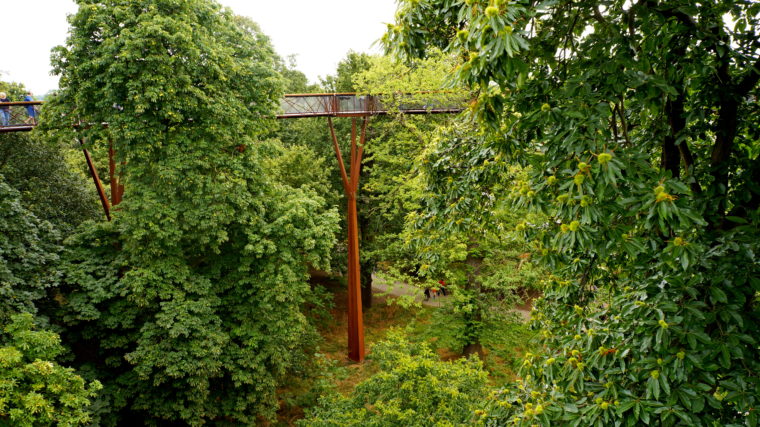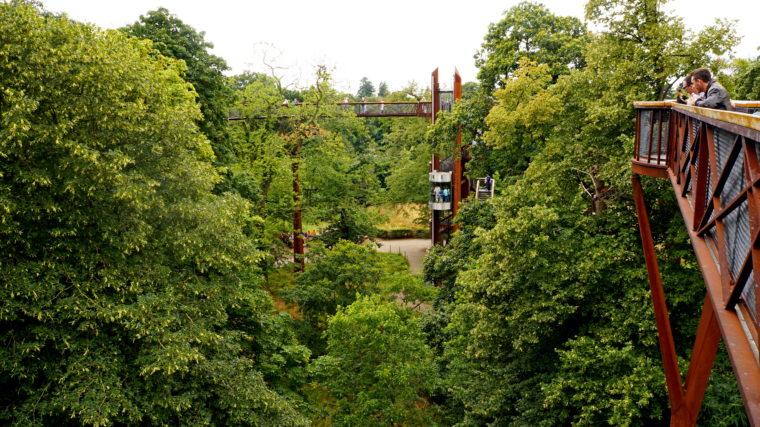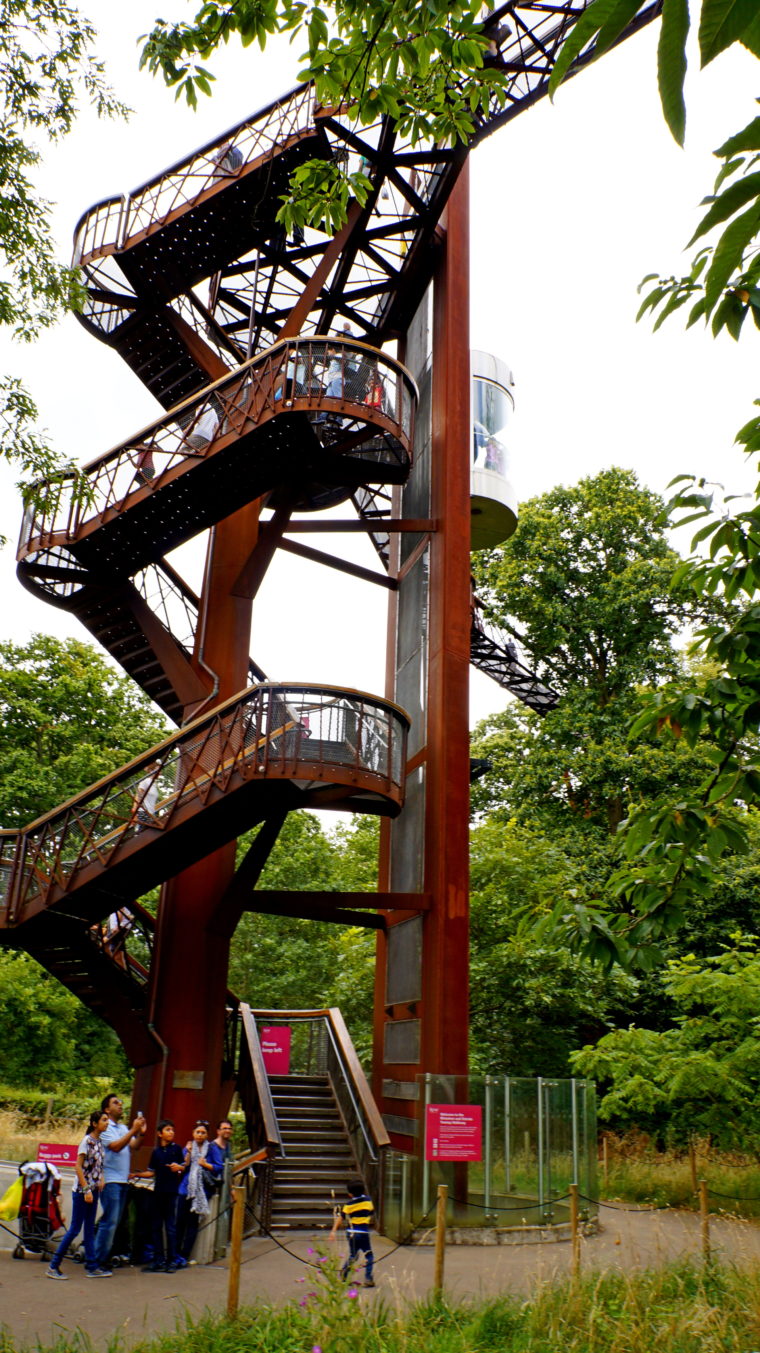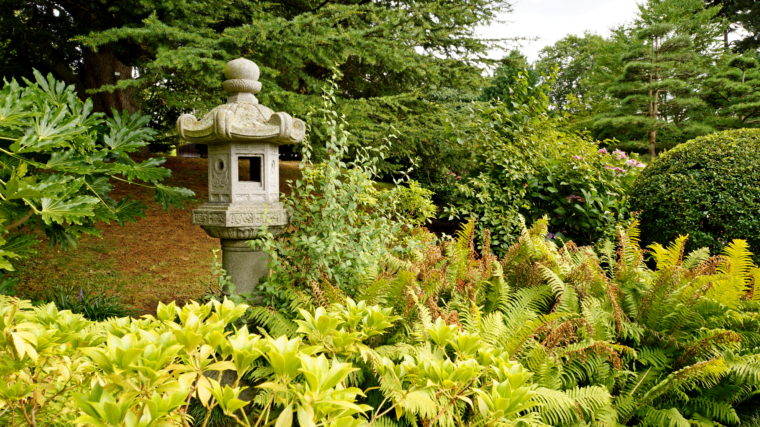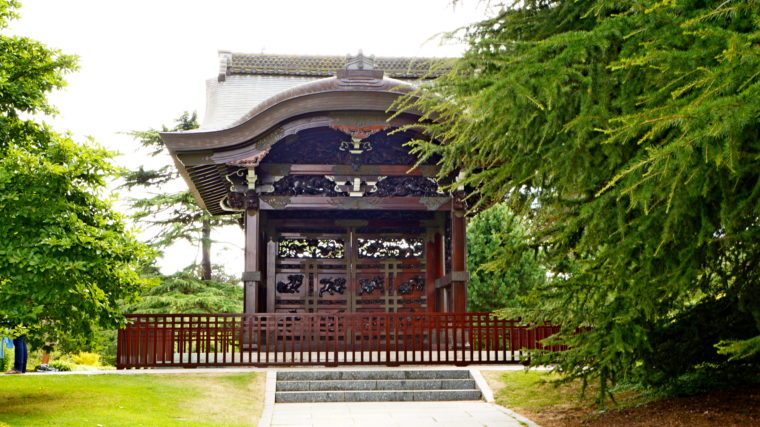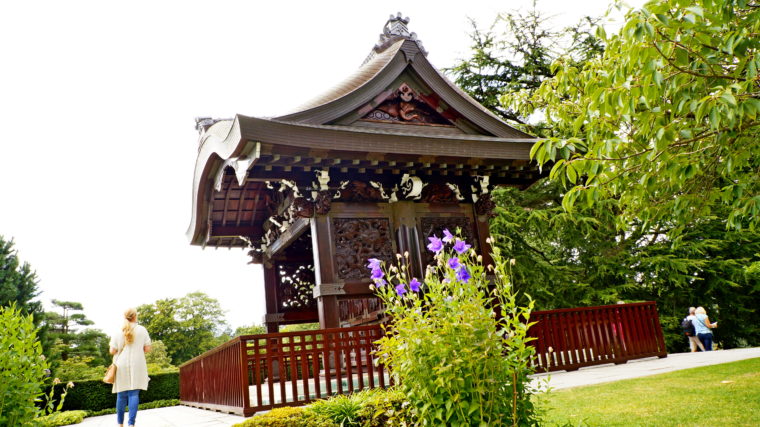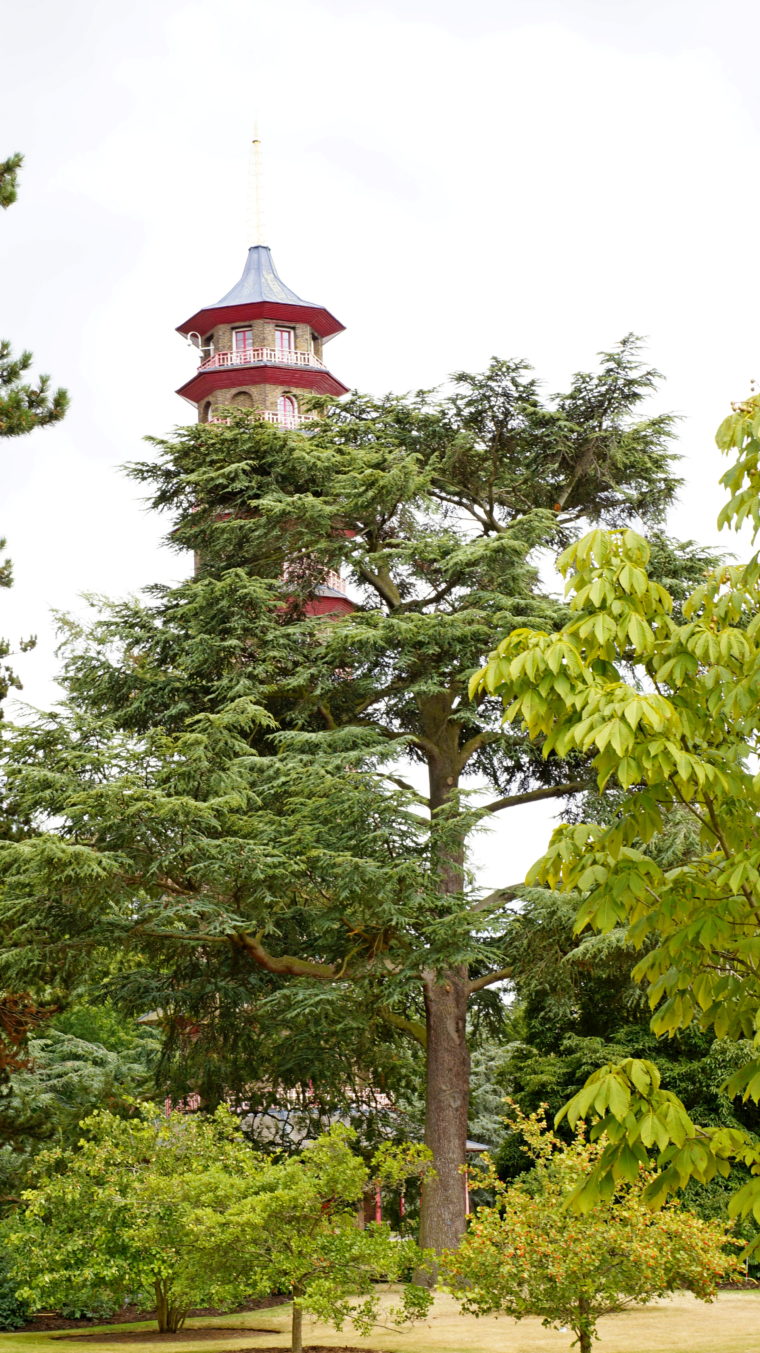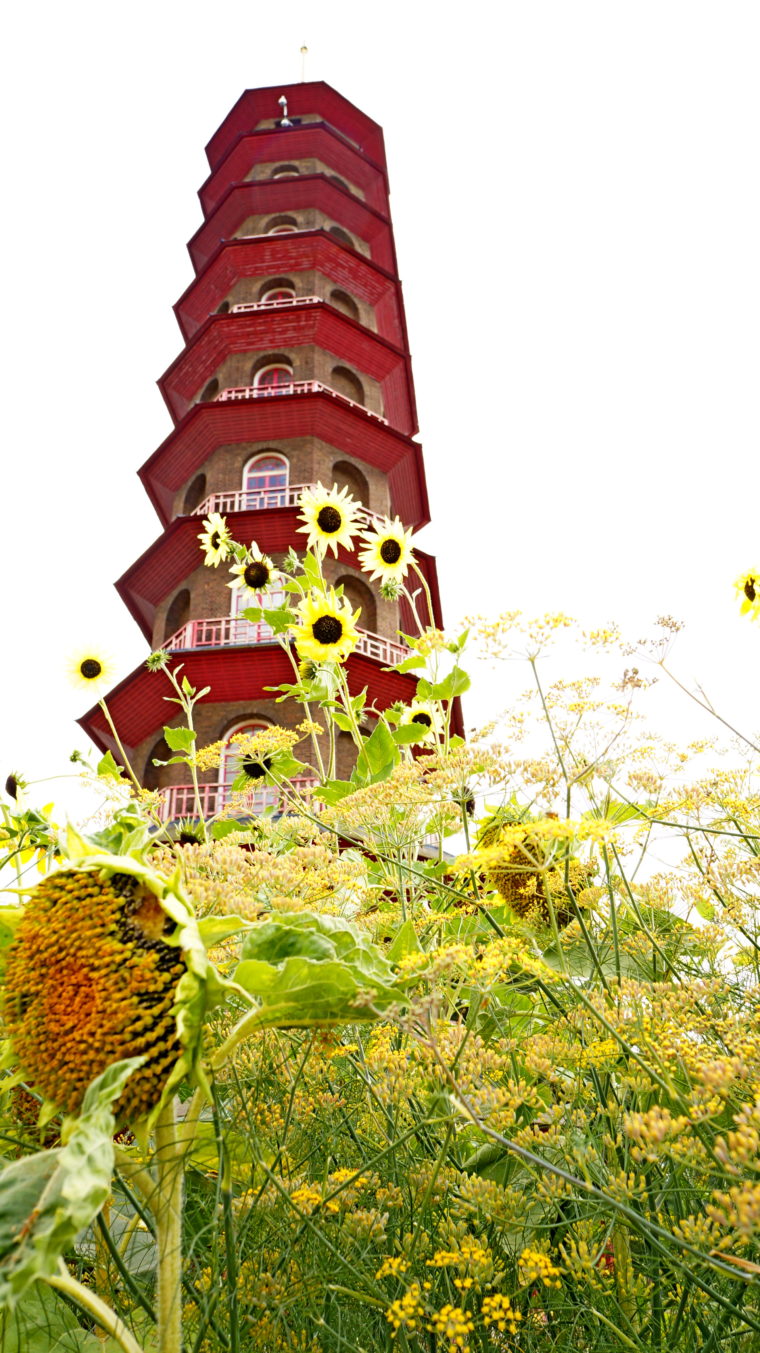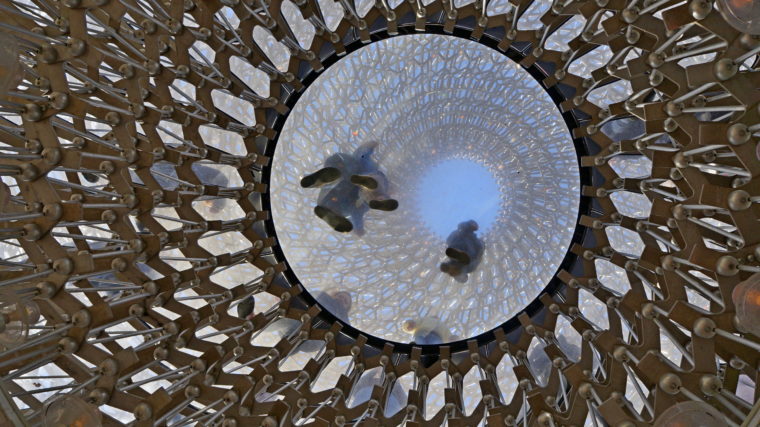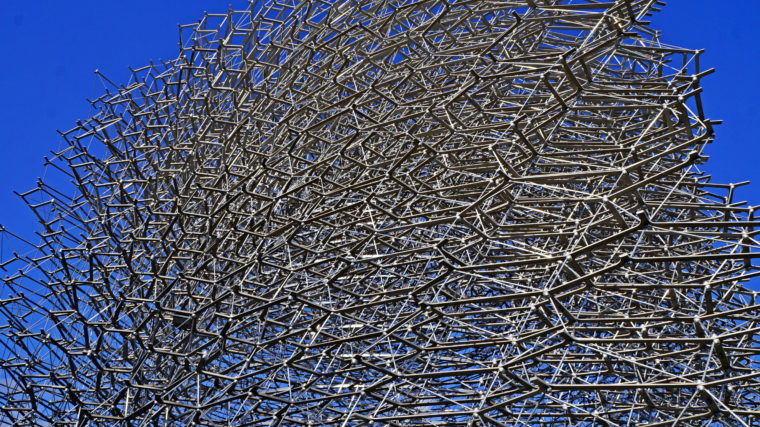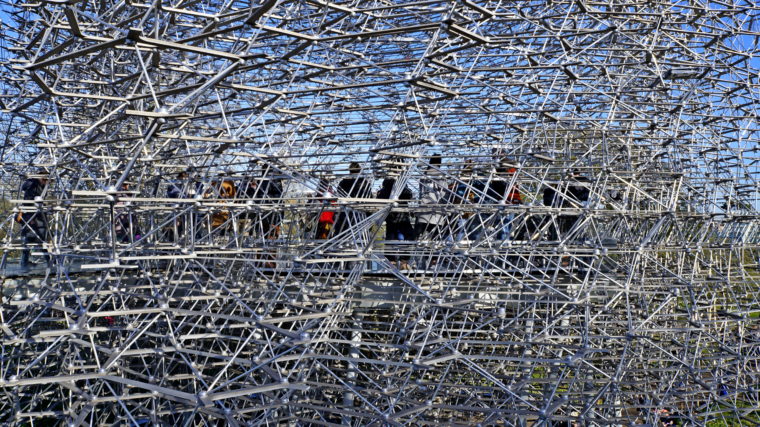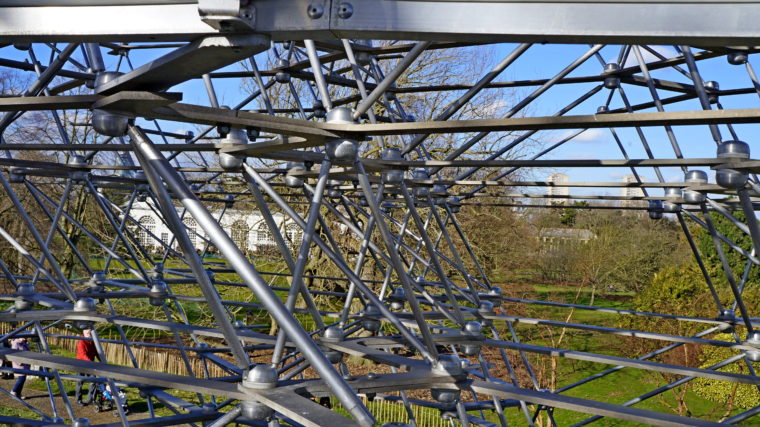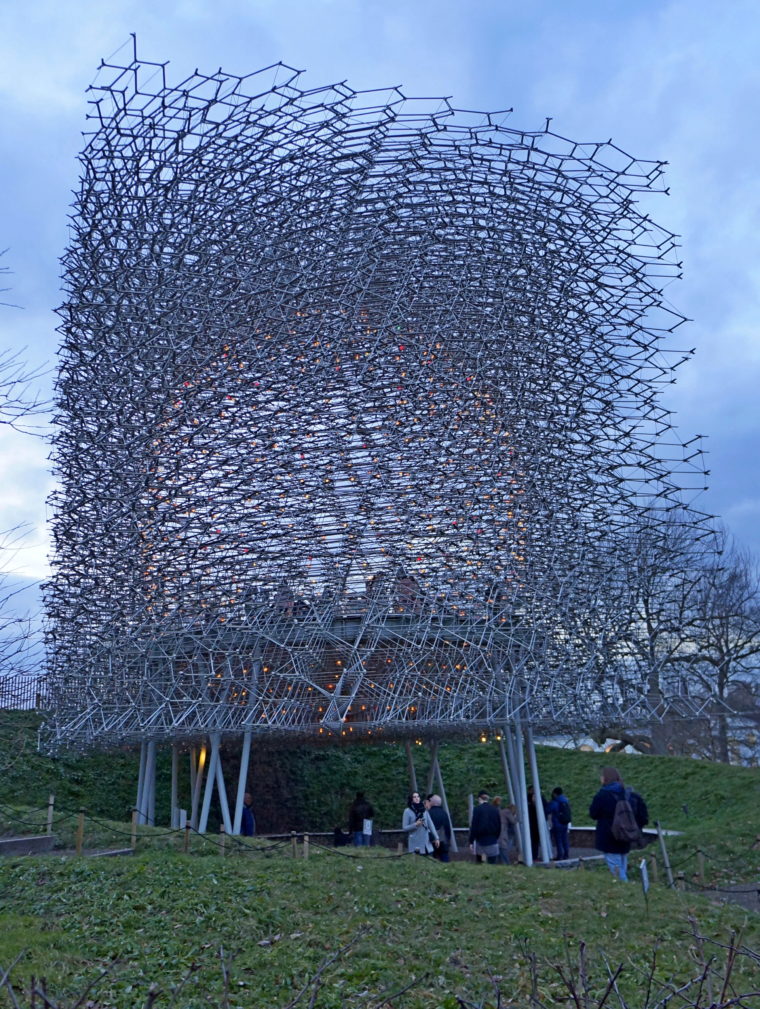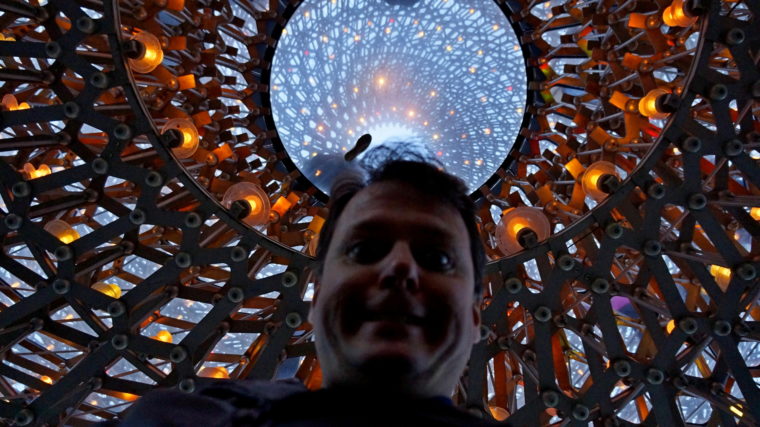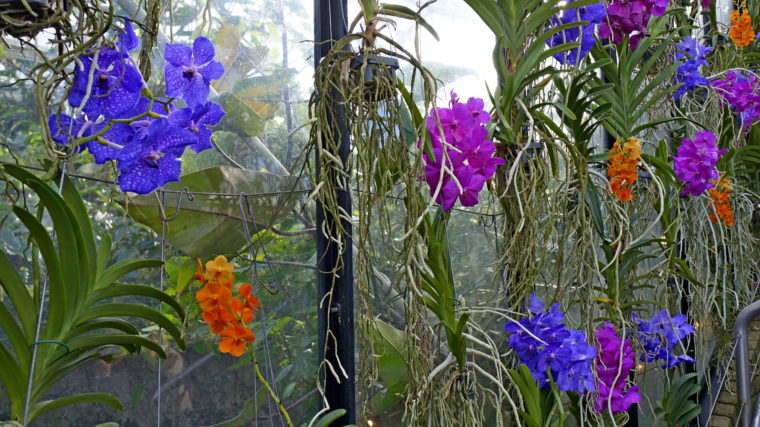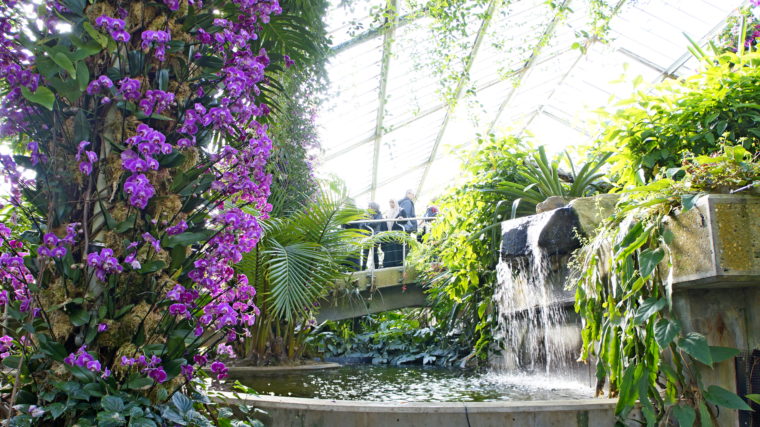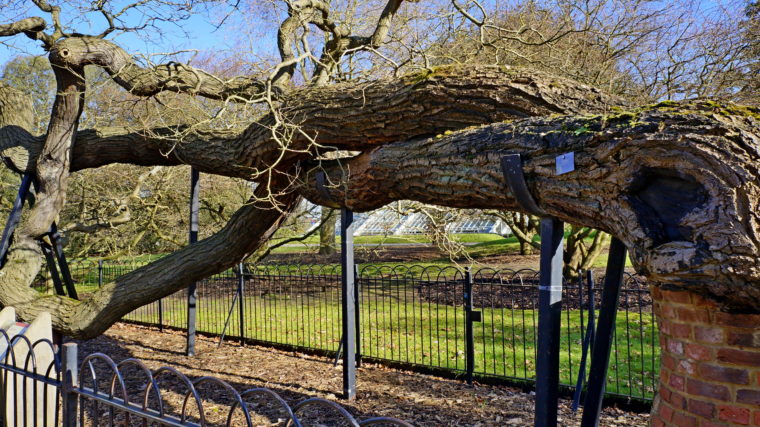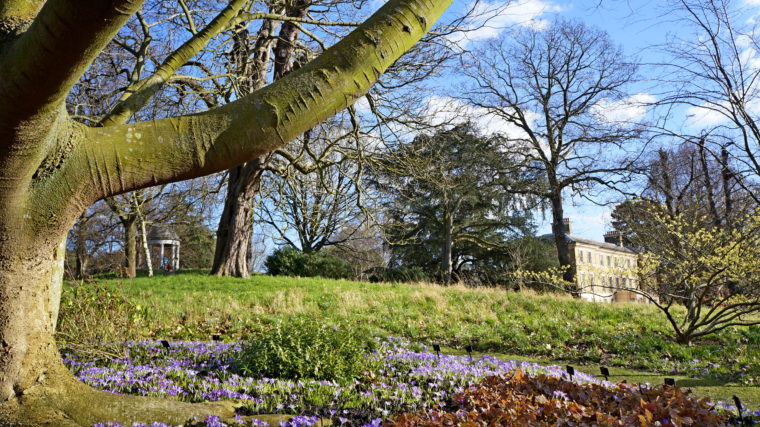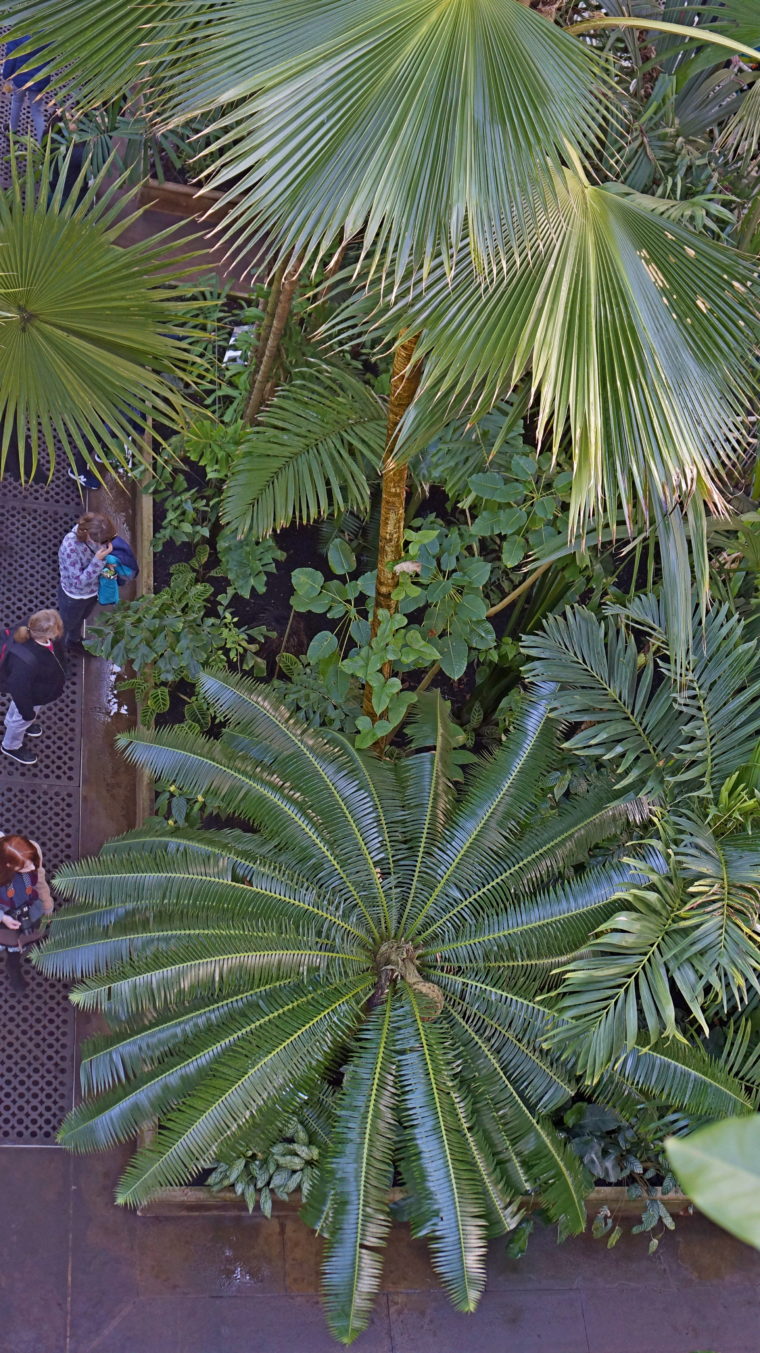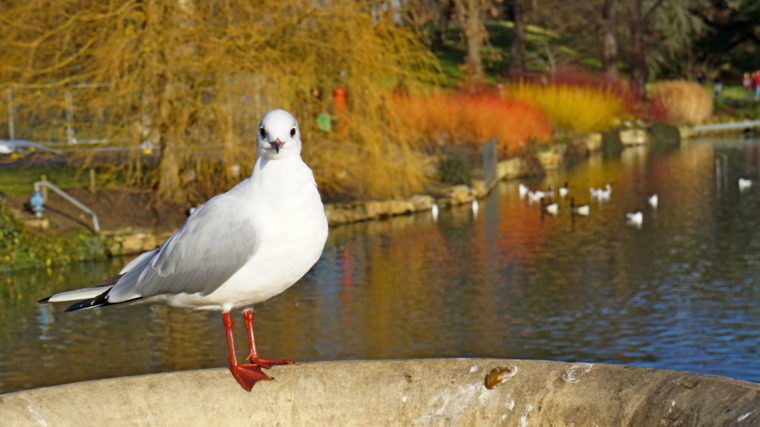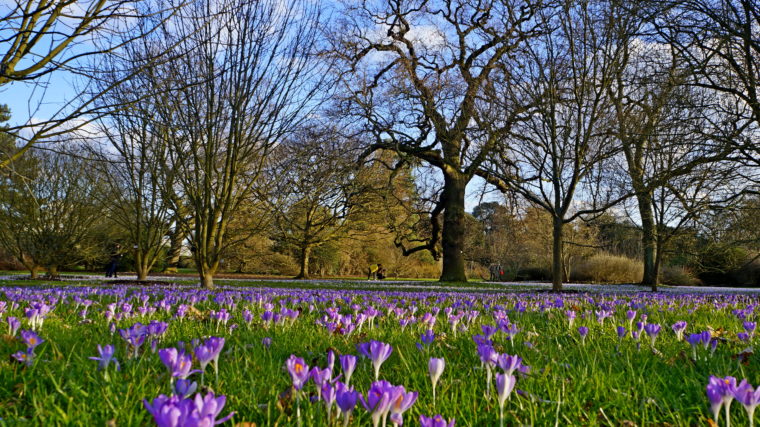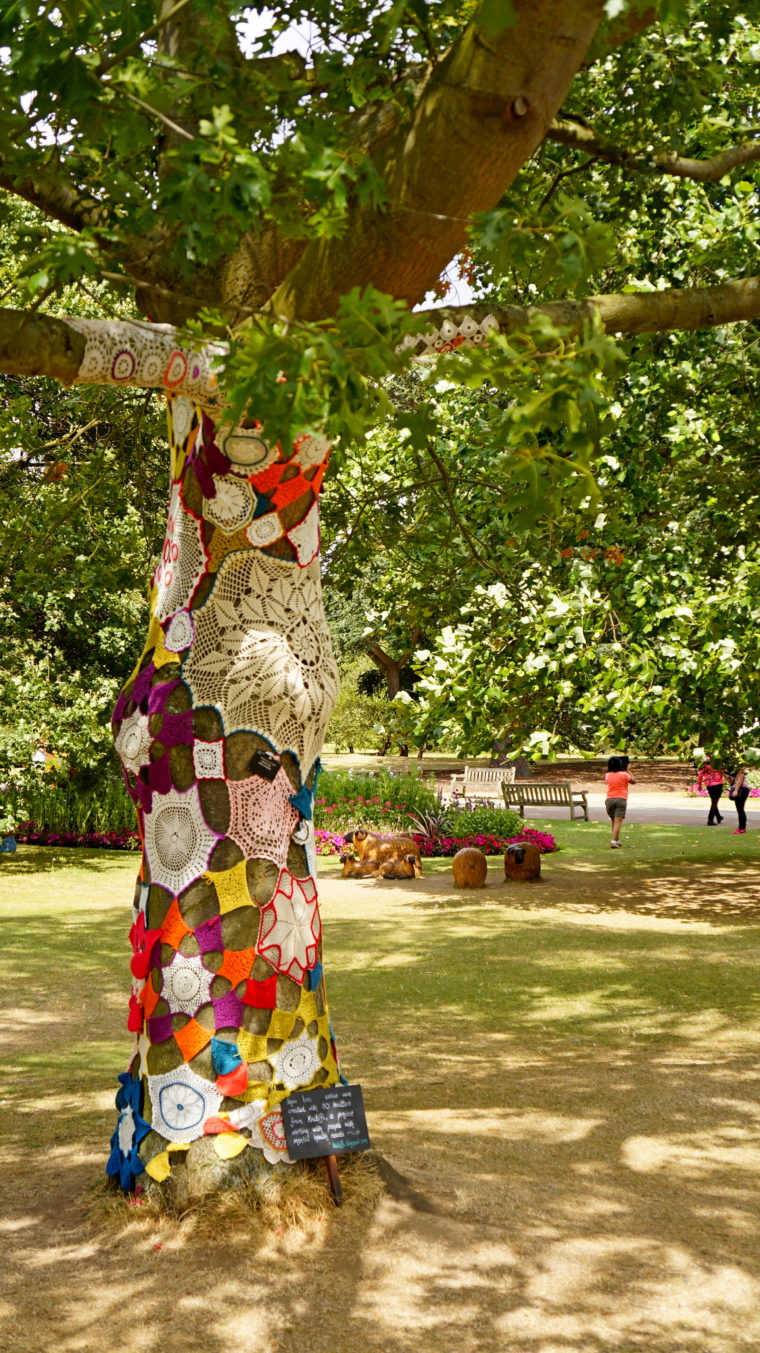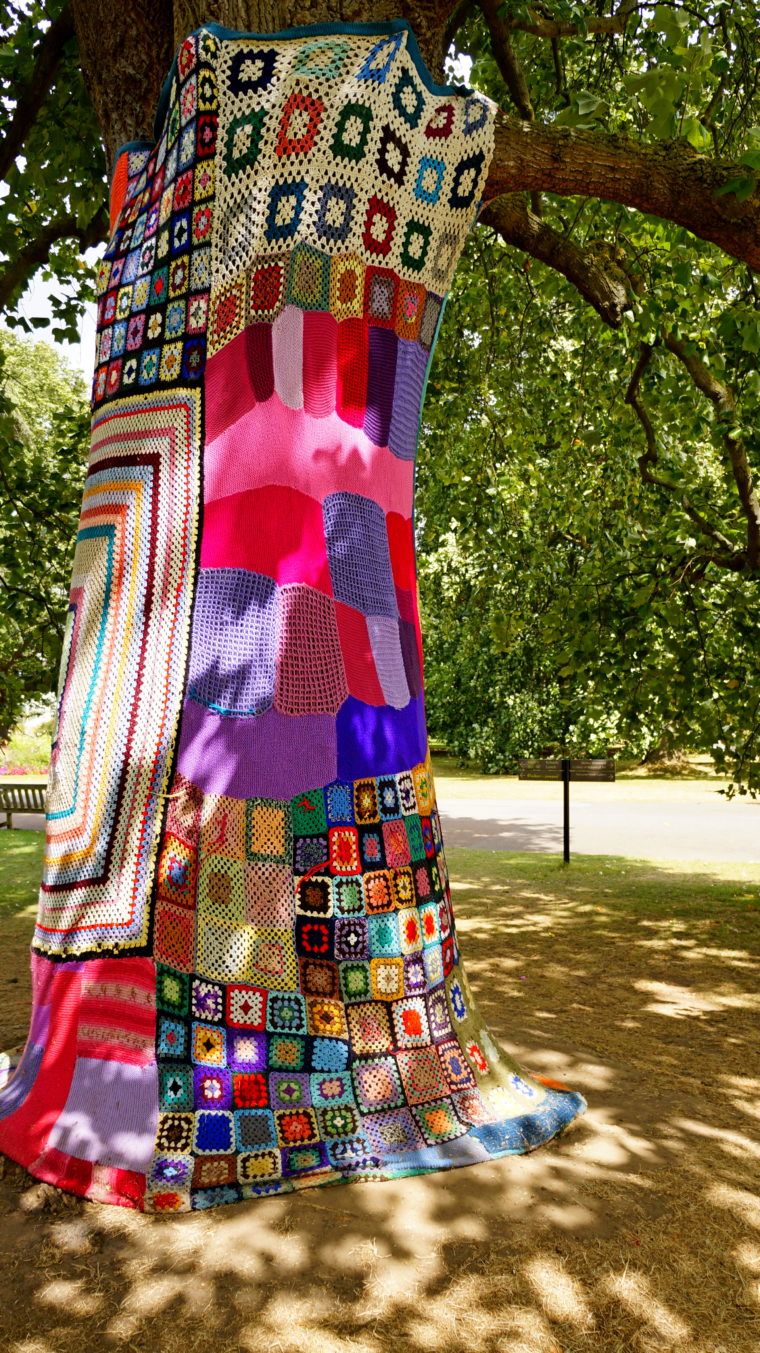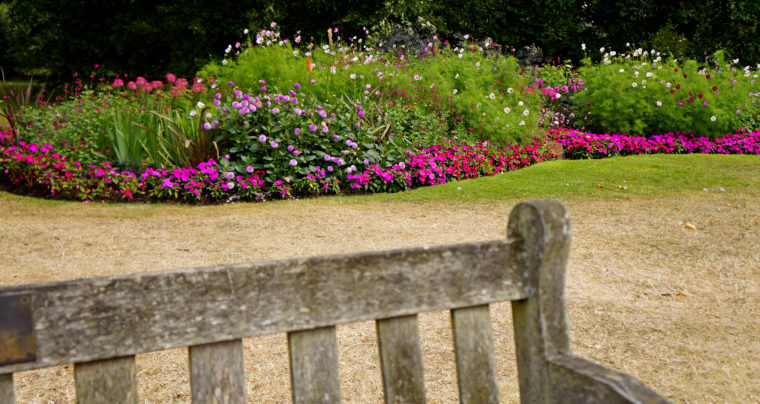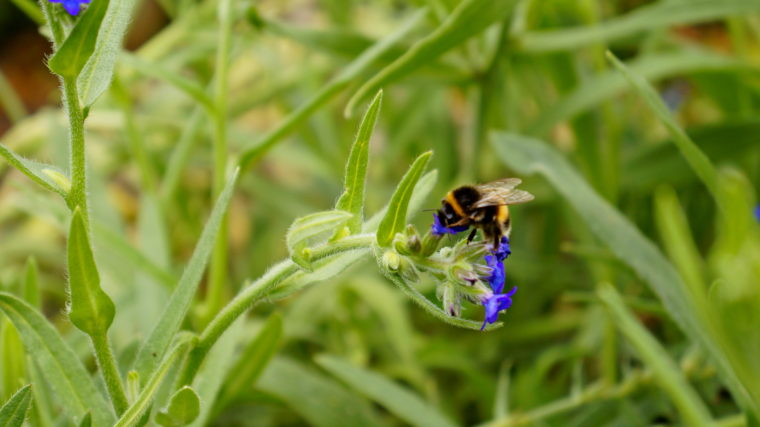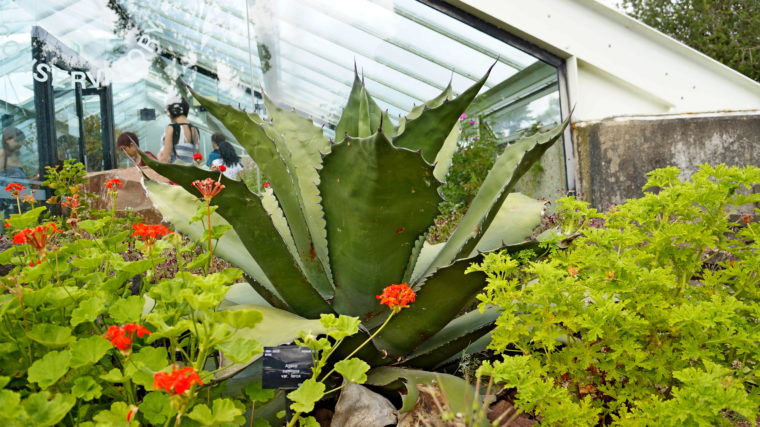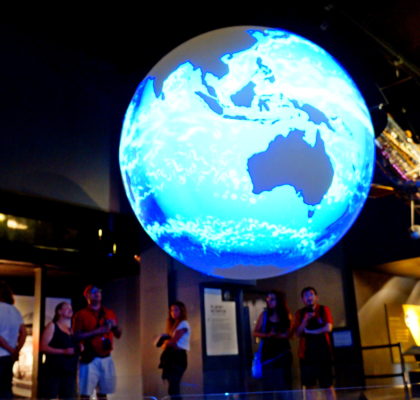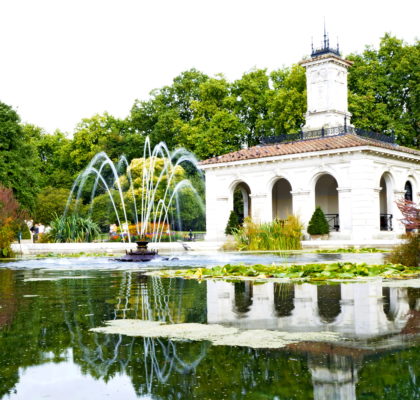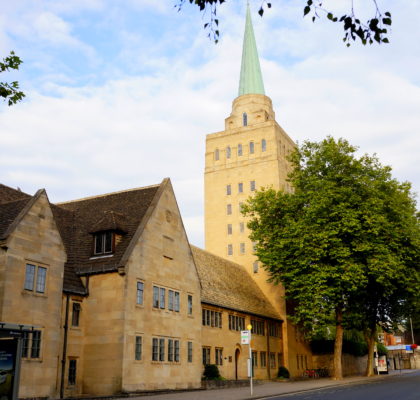Kew Gardens (Royal Botanical Garden) has the largest and most diverse collection of live plants in the world, growing in more than 100 ha of gardens and within greenhouses. Kew is also considered the most extensive and ancient Botanical Garden. So if you like flowers, plants, gardens, arbours, greenhouses and trees this place is an excellent request. About 30 minutes from Central London (via Distrit Line), Kew is extremely extensive and I consider a full day trip to enjoy the unique landscapes and iconic gardens architecture which is the largest UNESCO World Heritage Site in London and always had noted botanic directors such as William Aiton and Joseph Dalton Hooker. Currently the director is Stephen Hopper.
What are you going to see at Kew Gardens?
Kew is a big park with lots and lots of plants and flowers, so that’s pretty much what you find there. They are species of practically all the countries, scattered in the gardens and the greenhouses. Check out a complete map of Kew Garden.
Palm House
Palm House is a Victorian greenhouse, created in 1844 by Richard Turner (probably the world’s first greenhouse), and recreates a tropical forest climate, is a living laboratory that sustains a diversity of plants from various tropical regions of the world, all under the same ceiling. The plantations simulate this multi-layered habitat, with palm trees and other trees, mountaineers and epiphytes, to the lower plants of the understorey and dwarf palms. Many plants in this collection are endangered in nature, some even extinct. There are many species here studied by the Kew scientists for research on medicines. More details you can see in this video of Kew Garden.
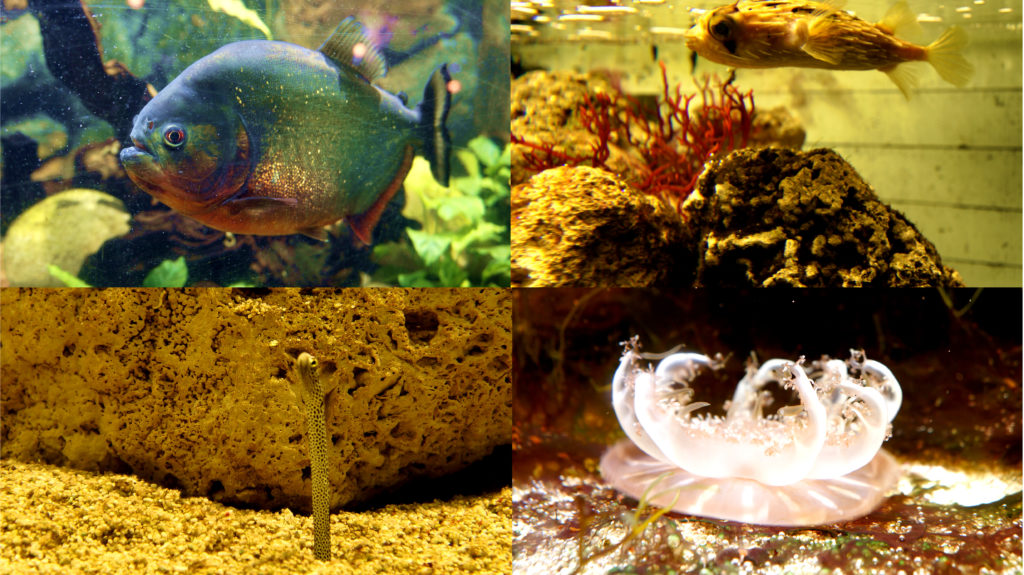
Aquarium Marine
In the basement of the Palm House has a beautiful marine aquarium, with all sorts of strange and wonderful marine creatures such as seahorses, jellyfish, pufferfish and more.
The Palm House Lake
In front of the Palm House you will find a beautiful lake with fountain and a beautiful sculpture depicting Hercules struggling with the god of the Achelous River which was made for King George IV in 1826 and before coming to the Kew Garden in 1963 was on the east terrace of Windsor Castle.
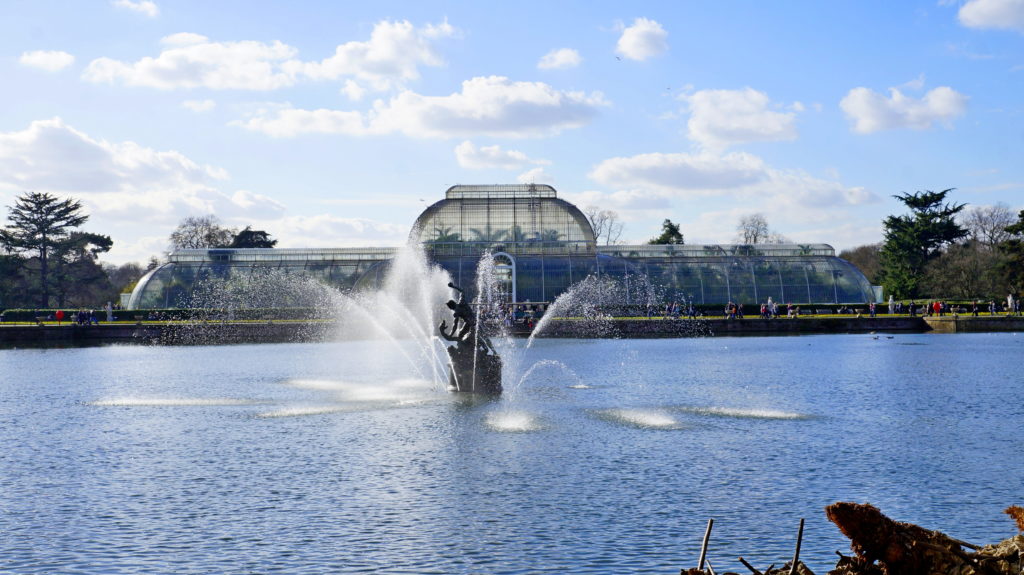
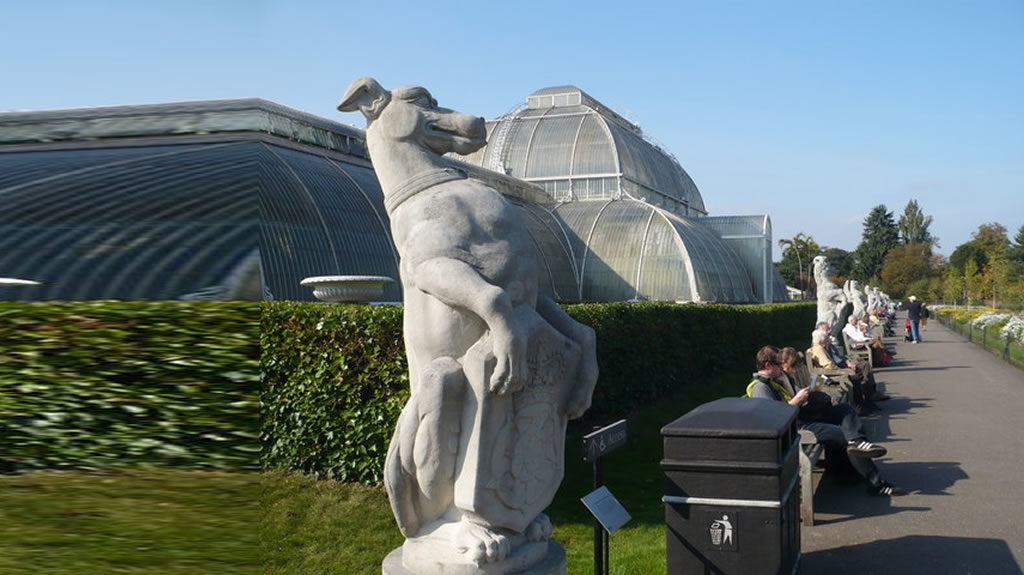
Heraldic figures
Ten heraldic figures, sculpted in Portland stone, overlook Lake Palm House. These are the “beasts of the queen”. They are replicas of sculptures that stood at the entrance to Westminster Abbey during Her Majesty’s coronation in 1953. Derived from the heraldry of the Queen’s ancestors, they reflect their royal lineage and include the Plantagenet Falcon, the Black Bull of Clarence, and the Unicorn of the Scotland.
The Temperate House
The Temperate House was designed by Decimus Burton in 1860 and opened to the public in 1863. It is twice the size of Palm House and is the largest Victorian glass house in the world. It has about 10,000 plants (1,500 species) spread over nearly 5,000 square meters. Important plants including some rare and endangered temperate zones (Africa, Australia, New Zealand, Americas, Asia and Pacific Islands) are part of the collection.
Princess of Wales Conservatory
This was the greenhouse that surprised me the most, are almost 5 thousand square meters divided into 10 different areas controlled by computer to reproduce the climatic conditions of the most diverse areas around the world. From the humid tropical forest to an arid desert of cacti. From the colder regions, to the warmer climates, all this under the same roof and divided by small passages. It’s like you go around the world in a few steps and feel the difference in climate and vegetation from almost the entire planet. Significant numbers of orchids, water lilies, cacti, litops, carnivorous plants and bromeliads are housed in various areas. The cactus collection also extends out of the winter garden, where some more resistant species can be found. The Greenhouse was opened in 1987 by the Princess of Wales Diana and was designed by architect Gordon Wilson.
Some areas highlighted.
Dry tropics
It represents the hot and arid regions of the world. Here you can find species of agave, aloe and cacti.
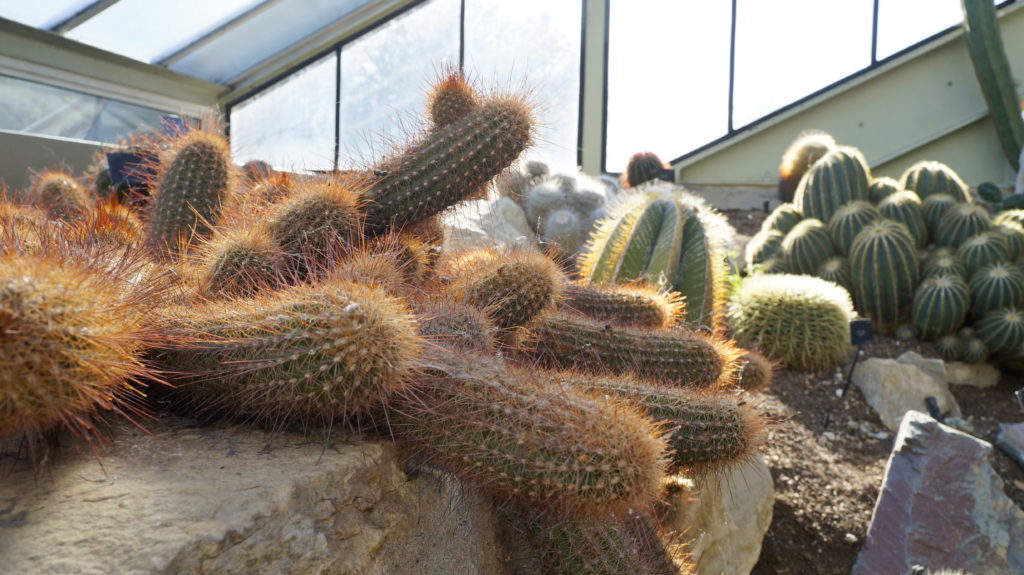
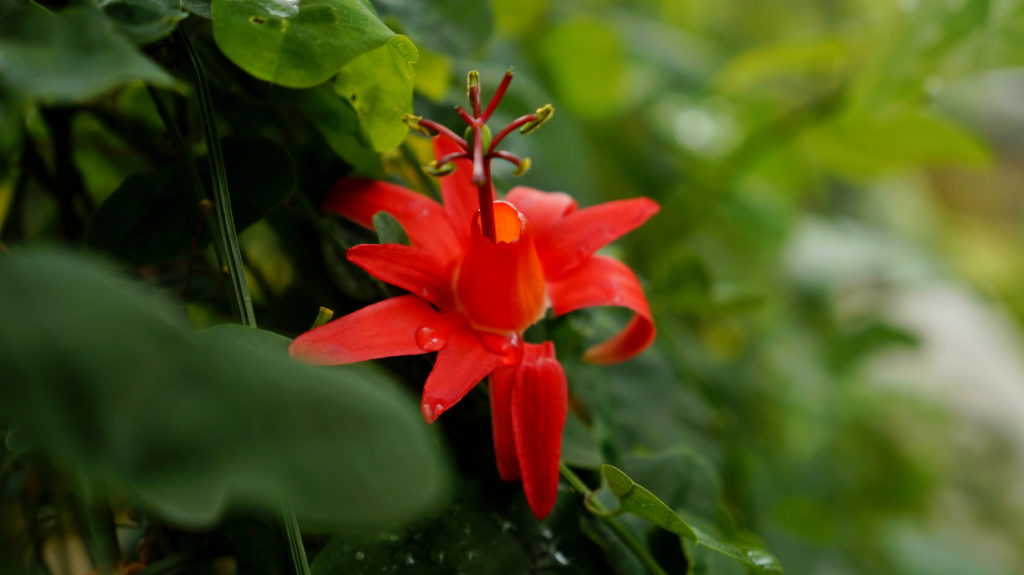
Humid tropics
It represents ecosystems such as rainforests and mangroves.
Carnivorous plants
Two zones dedicated to carnivorous plants, including carnivorous plants, Nepenthes and traps of Venus, Dionaea muscipula.
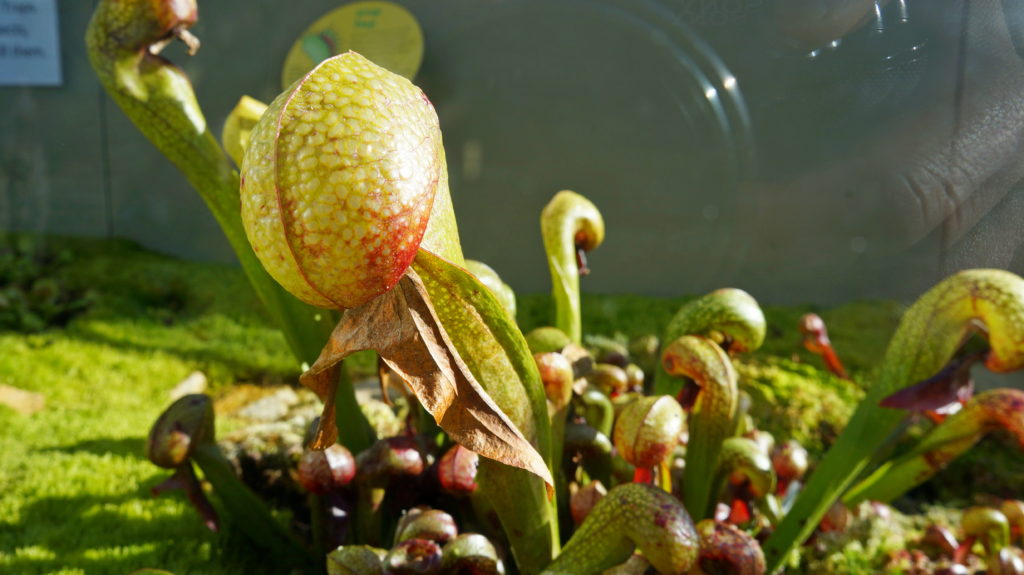
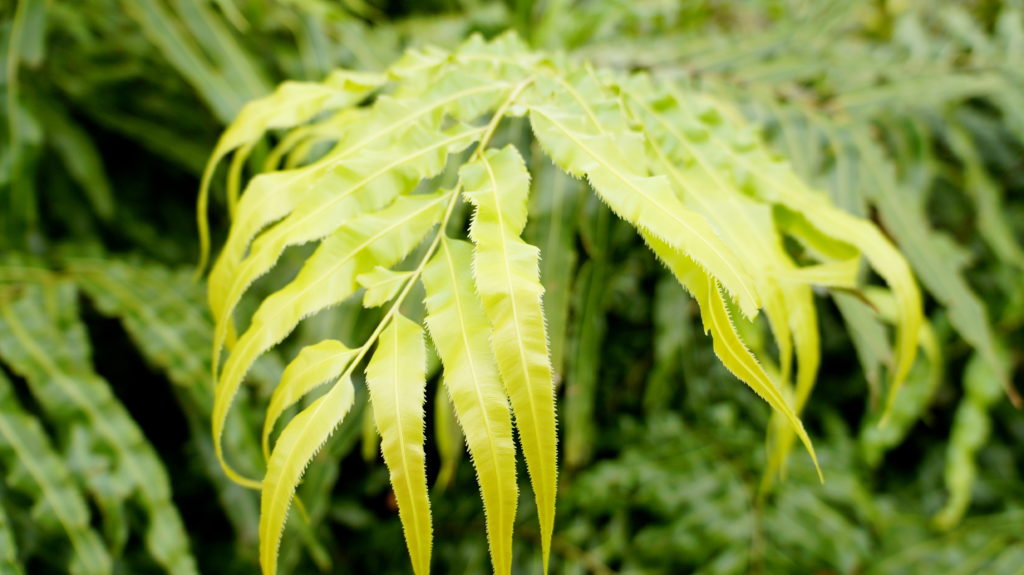
Ferns
A tropical and temperate zone to reflect the fern needs of these two different regions.
Orchids
A hot, humid zone with tropical epiphytic or rooting varieties with showy flowers and specific adaptations to an air environment in the rainforest canopy.
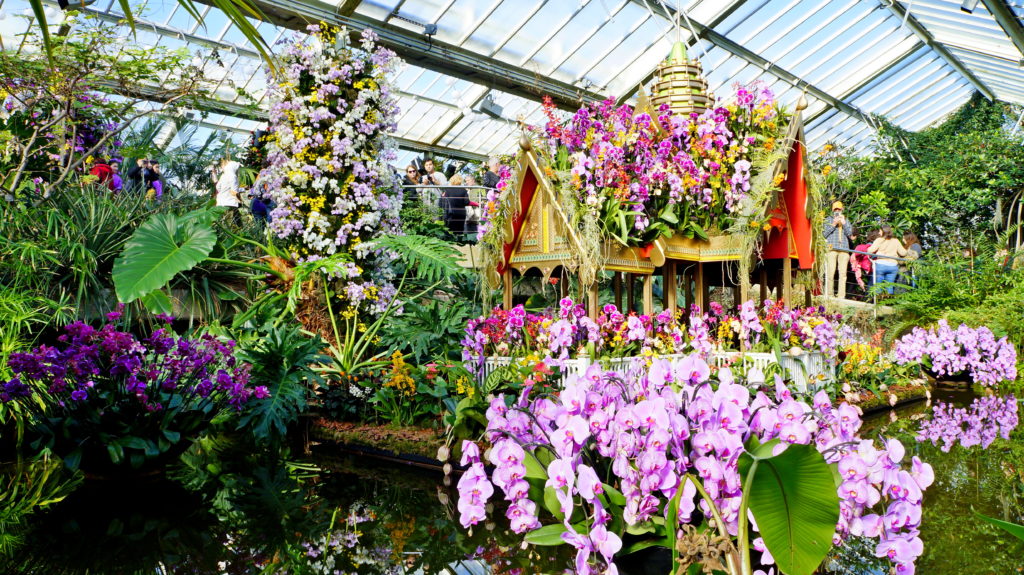
Davies Alpine House
The Davies Alpine House is a somewhat different greenhouse, it is quite long (16m) and high (10m) and was designed to provide ideal conditions, fresh with natural wind for the best conditions the mountain plants. The collection features a wide range of campanulas, dianthus, small ferns, helichrysum, small lavenders, primulas, saxifrage, thymus, tulips and verbascums along with lesser known species.
The Kitchen Garden
The Kitchen Garden is a vegetable garden with fruits and vegetables, and can be seen growing different products in all seasons. Vegetables are selected for maximum flavor and to provide mature products in all seasons. There you find asparagus, potatoes, peas, spinach, strawberries, carrot varieties (including purple and yellow), gooseberries, garlic, beans and many other foods.
Treetop Walkway
Another very cool point in Kew Garden is the path in the treetops. It is a catwalk of 18 meters of height and 200 meters of length that can be accessed by stairs (118 steps) or elevator. There you walk on the top and can see up close the trees, watching numerous birds and insects.
The Pagoda and the Japanese landscape
Walking through Kew Garden is like carving the world around plants and vegetables from every area of the planet. And a region that is very well contemplated is the Japanese Gardening culture. There are 3 garden areas designed in 1996 by Fukuhara prefosser. At the main entrance we have the Peace Garden, a quiet area reminiscent of a traditional Japanese tea garden. Here, paths pass between stone lanterns and a dripping water basin. then we have the Garden of Activity, which symbolizes elements of the natural world, such as waterfalls, mountains and sea. Gravel and large rocks represent the movement of water flowing and falling. The Garden of Harmony connects the Gardens of Peace and Activity. Here the mountainous regions of Japan are represented by rocks and rocky outcrops, interplanted with shrubs. The plants include well trimmed live hedges of Rhododendron Mothers Day and the Japanese anemone (Anemone x hybrida). Next to the Garden we have the Great Pagoda which was built in 1762 and has 10 floors with almost 50 meters in octagonal shape and can be seen from afar. In World War II, bomb designers wanted to study their latest inventions in flight, so they made holes in each floor of the pagoda to test the bombs in secret, the holes can be seen until today.
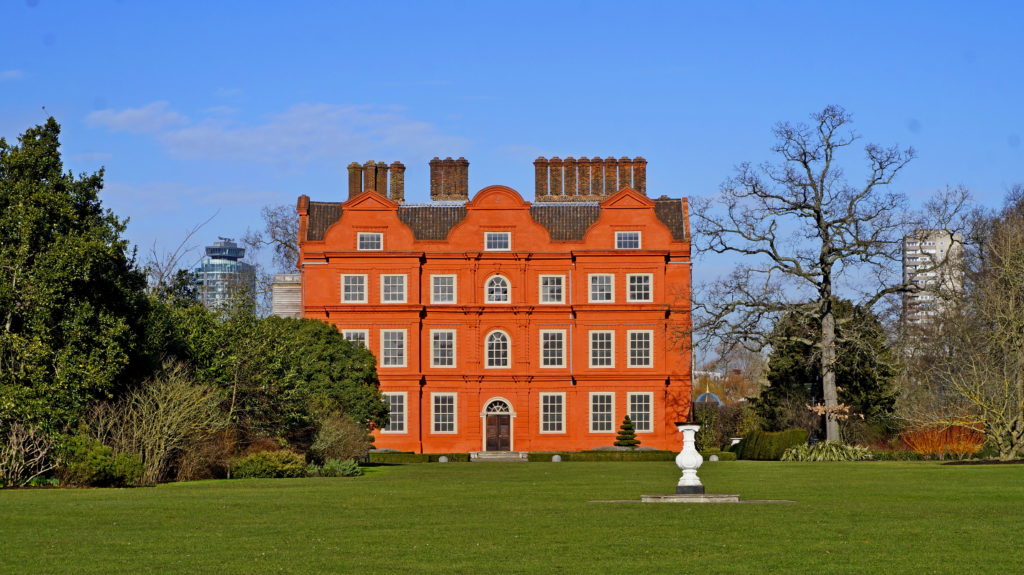
Kew Palace
The King George III summer home, Kew Palace is one of London’s lesser-known royal residences and is the oldest building in the Gardens, built in 1631 for a Flemish merchant, Samuel Fortrey.
The Hive
Hive is a multisensory experience designed to show the extraordinary life of bees. With 17 meters high has a structure built with 170,000 pieces of aluminum, 1,000 LED lights connected to each other in a way that resembles a hive of bees. The sounds and lights in Colmyria are triggered by the activity of the Kew Garden bees. It is the project of the artist Wolfgang Buttress.
My visits to Kew Garden
Visiting the Kew Garden is always a very good surprise, I have been in 2 times in the royal gardens at different times of the year. On my first visit, it was with a couple of dear friends that helped me a bum here in the land of the Queen when I arrived. We went in August 2014, so the trees were heavy with leaves, all very green and a very pleasant temperature. We walk through the park practically all day.
The second time I went was in February 2018, the trees were dry, and the temperature quite chilled, giving a completely different look but no less impressive. On this occasion, I went with a friend and went to see Orchid Festival that takes place every year, between February and March. Although the trees are dry, the orchids give an incredible color to the park.

